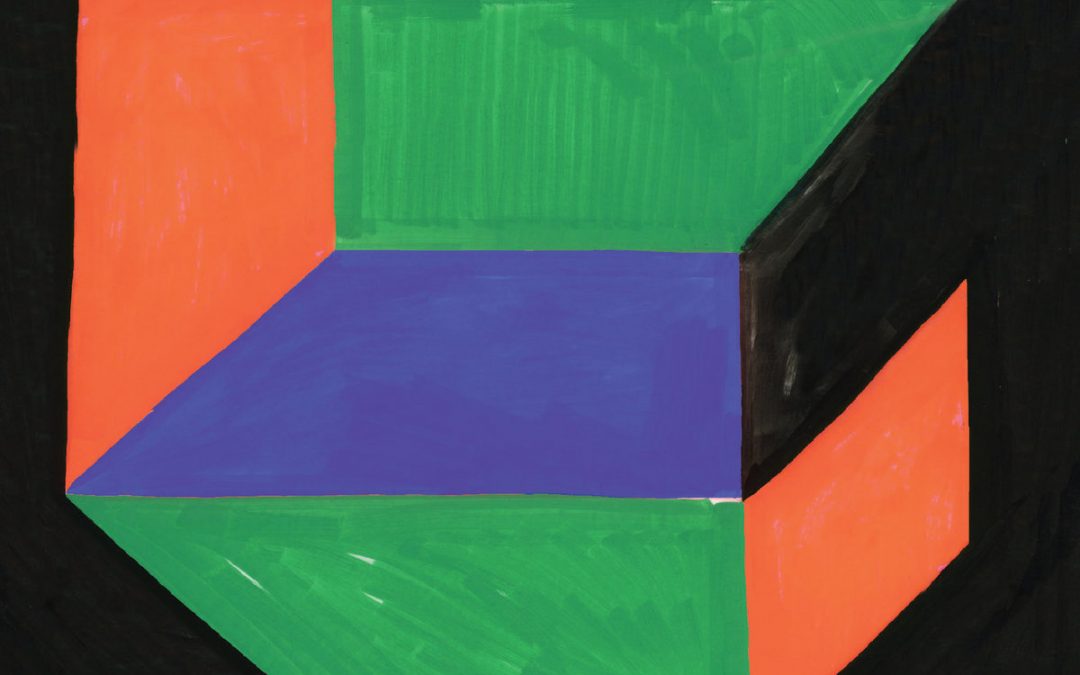
Luis Lopes Abyss Mirrors–Echoisms (Clean Feed Records)
Luis Lopes
Abyss Mirrors–Echoisms (Clean Feed Records)
19
Abril, 2024
Luis Lopes: Abyss Mirrors -Echoisms (Clean Feed Records, 2023).Luis Lopes (guitarra eléctrica). Flak (guitarra eléctrica), Jari Marjamaki (electrónica), Travassos (electrónica), Felipe Zenícola (bajo eléctrico), Yedo Gibson (saxo tenor, alto y soprano), Bruno Parrinha (saxo alto y soprano), Helena Espvall (violonchelo), Maria da Rocha (violín) y Ernesto Rodrigues (violín).
Texto: Ricky Lavado
Fotografía: Nuno Martins (Festival Causa-Efeito 2023, Lisboa)
Grabado en mayo de 2022, durante dos jornadas en los estudios Namouche de Lisboa, Echoisms es el resultado de un cruce impredecible de personalidades y nacionalidades (diez músicos integran este proyecto, provenientes de Portugal, Suecia, Brasil y Finlandia) reunidas en torno al guitarrista luso Luis Lopes.
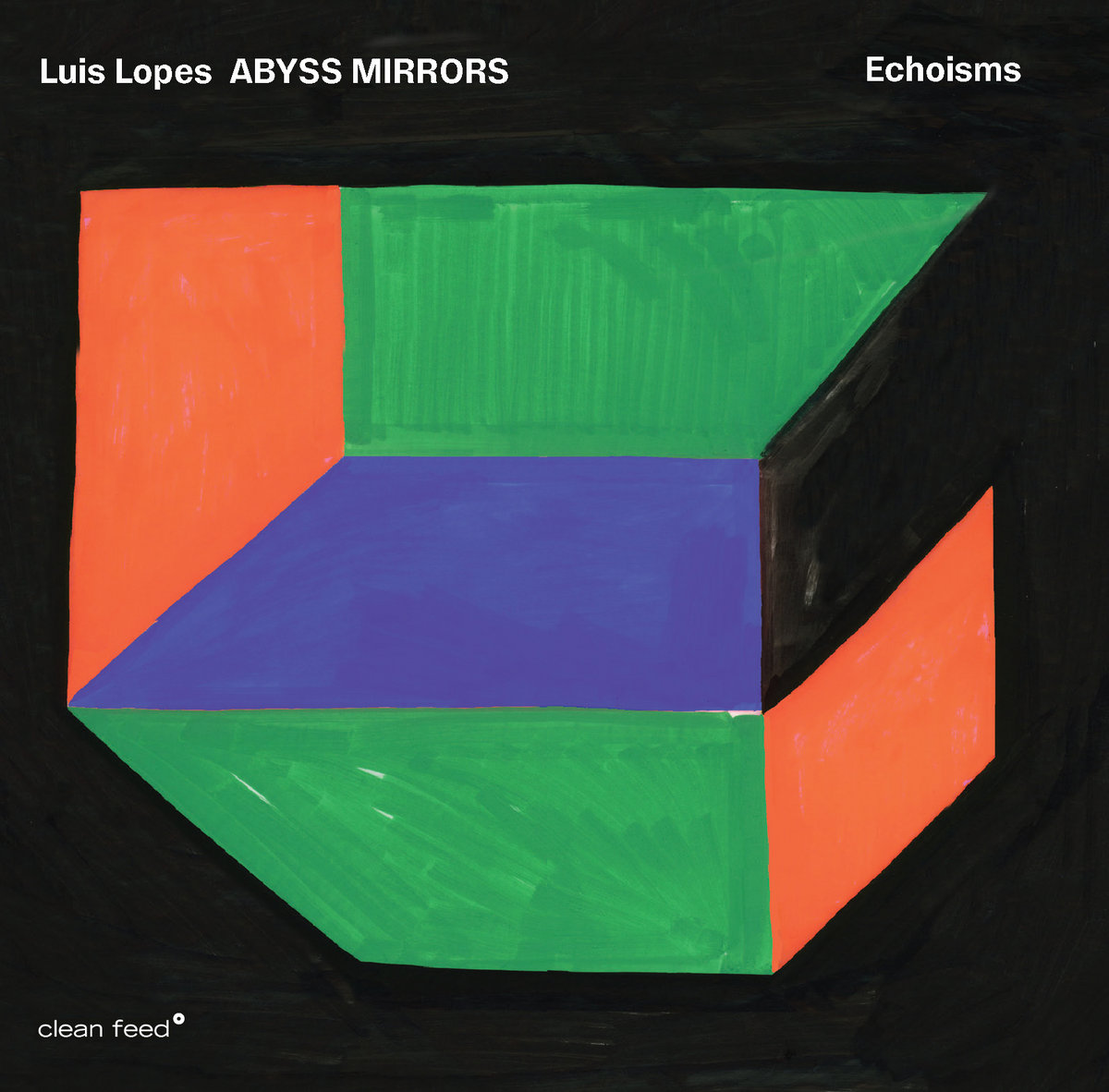
Situado en la intersección entre el jazz experimental y el rock pesado, Luis Lopes es uno de los principales nombres propios de la fértil escena experimental portuguesa, y cuenta con una larga lista de grabaciones discográficas a sus espaldas. En esta ocasión, y bajo el nombre de Abyss Mirrors, junto a Lopes podemos escuchar a Flak (guitarra eléctrica), Jari Marjamaki (electrónica), Travassos (electrónica), Felipe Zenícola (bajo eléctrico), Yedo Gibson (saxo tenor, alto y soprano), Bruno Parrinha (saxo alto y soprano), Helena Espvall (violonchelo), Maria da Rocha (violín) y Ernesto Rodrigues (violín); todos ellos actualmente afincados en Lisboa, cada uno con su propio lastre y bagaje cultural, tanto del jazz, la improvisación libre y la música experimental como la música electrónica y el techno underground.
A lo largo de Echoisms, Luis Lopes y sus Abyss Mirrors ofrecen casi cincuenta minutos de música experimental y rupturista, divididos en siete piezas construidas a base de free jazz, improvisación, música electrónica y experimentos electroacústicos. No hay orden ni estructura aquí, cada pieza es un pasaje instrumental construido sobre una superposición de sonidos (cuerdas, guitarras eléctricas, acoples, saxos, bajos eléctricos y electrónica ruidista. No hay elementos de percusión en ningún momento del disco), sin solución de continuidad ni rumbo definido. Las tensiones entre elementos y sonoridades son la base de Echoisms. La sucesión aparentemente aleatoria de sonidos suena tensa, discordante, llena de aristas incómodas; la vocación ambiental y la huida consciente de cualquier acercamiento entre elementos hace que el disco alcance un nivel de autoindulgencia que convierte la escucha en todo un reto a la paciencia por momentos; el profundo ensimismamiento de cada elemento del conjunto, resultante en un todo deslavazado y fracturado, provoca una sensación de caos que, lejos de funcionar como una suma de cosas interesantes, da más la impresión de ser simplemente una suma de pistas de grabación en las que nadie está pendiente de lo que hacen los demás.
Muchas veces, el elemento de la sorpresa acaba siendo fundamental en este tipo de proyectos, y el sentido de la frescura o la originalidad resultan casi imprescindibles para separar lo verdaderamente rompedor y transgresor de lo que en el fondo no es más que jugar a ser el más raro. Echoisms estaría incluido en la segunda categoría: nada de lo que suena en este trabajo resulta novedoso, todo lo incluido en este disco lo hemos escuchado mil veces antes; ya sea en los experimentos de John Zorn desde finales de los ochenta y a lo largo de los noventa (de Spillane a Naked City, por ejemplo), o remontándonos aún más en el tiempo para citar a influencias absolutas (y manidas hasta la saciedad) como los obligados Sun Ra, Ornette Coleman, el Miles Davis más abstracto o, por supuesto, Stockhausen y Prokofiev.
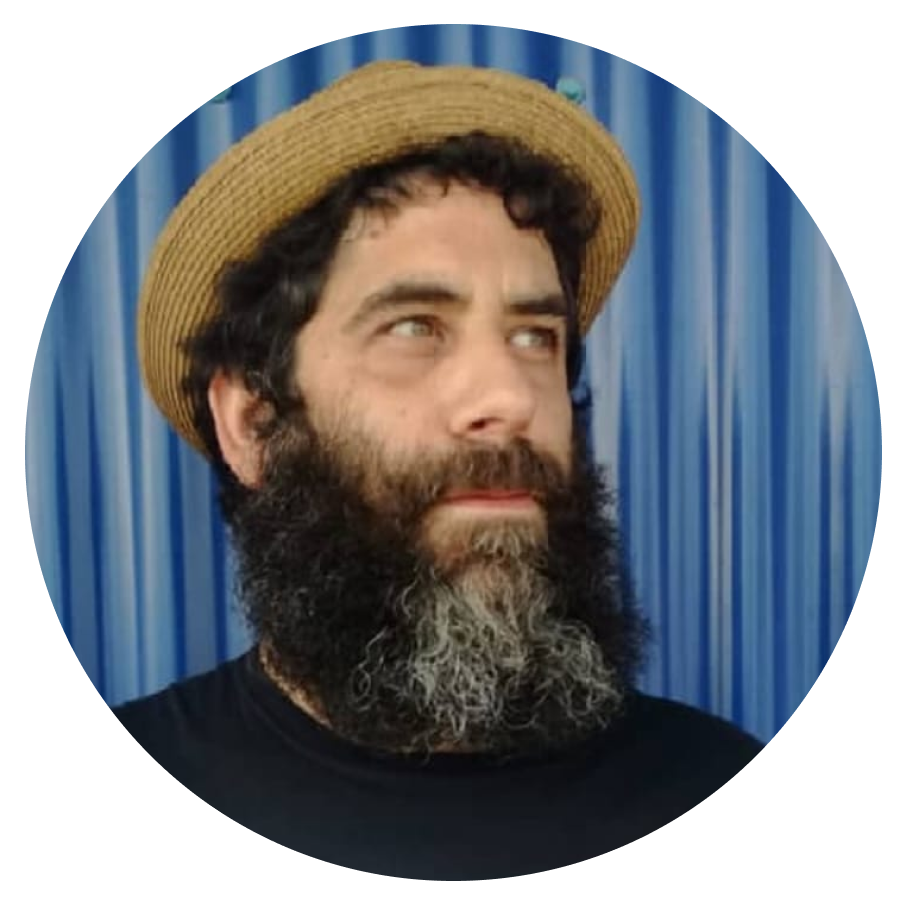
Texto: Ricky Lavado
Abril 19, 2024

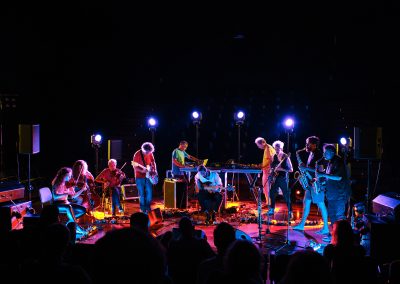
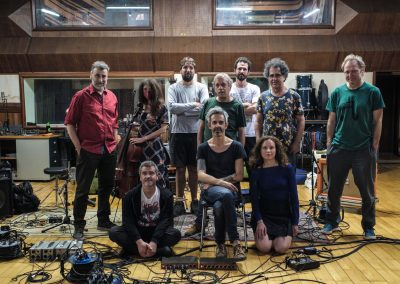

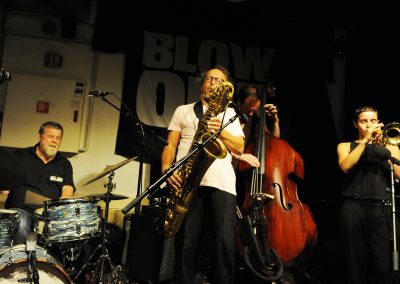
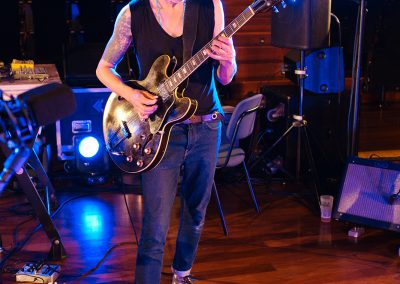
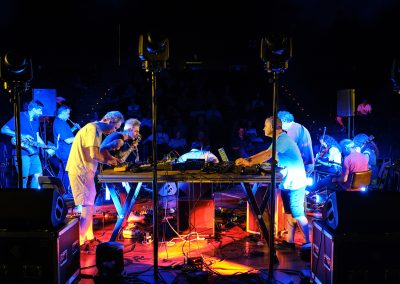
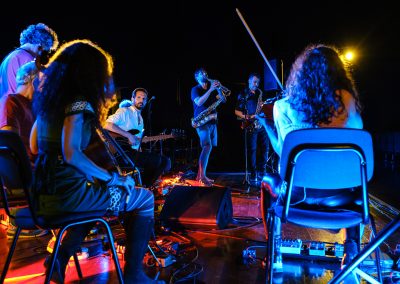
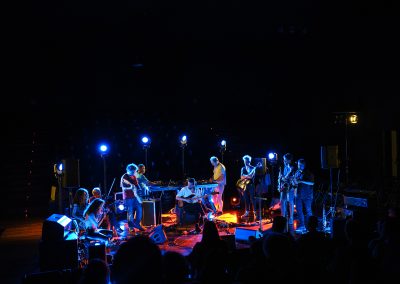
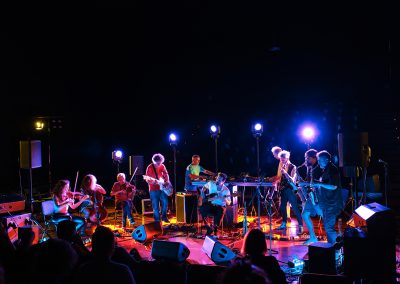
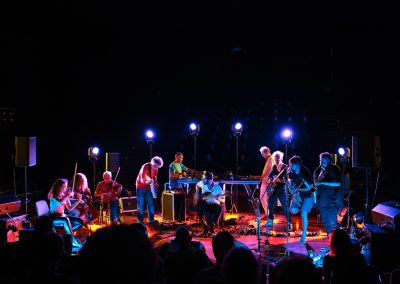
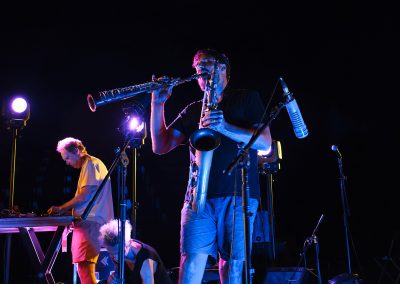
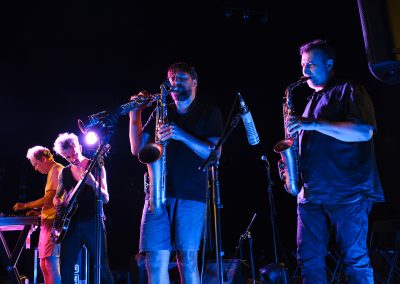
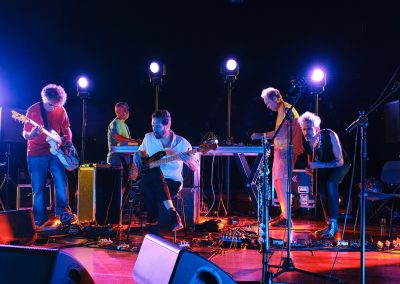

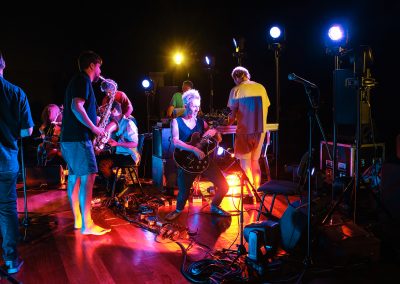
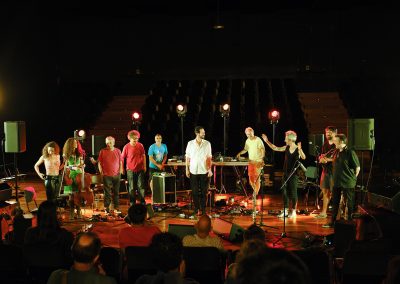
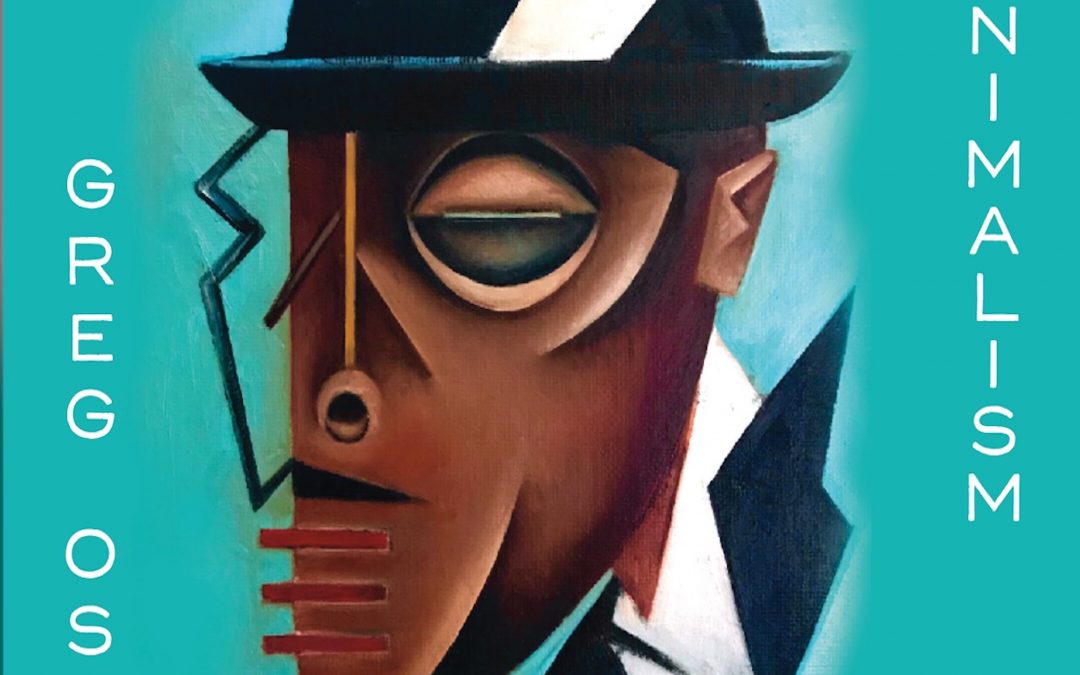
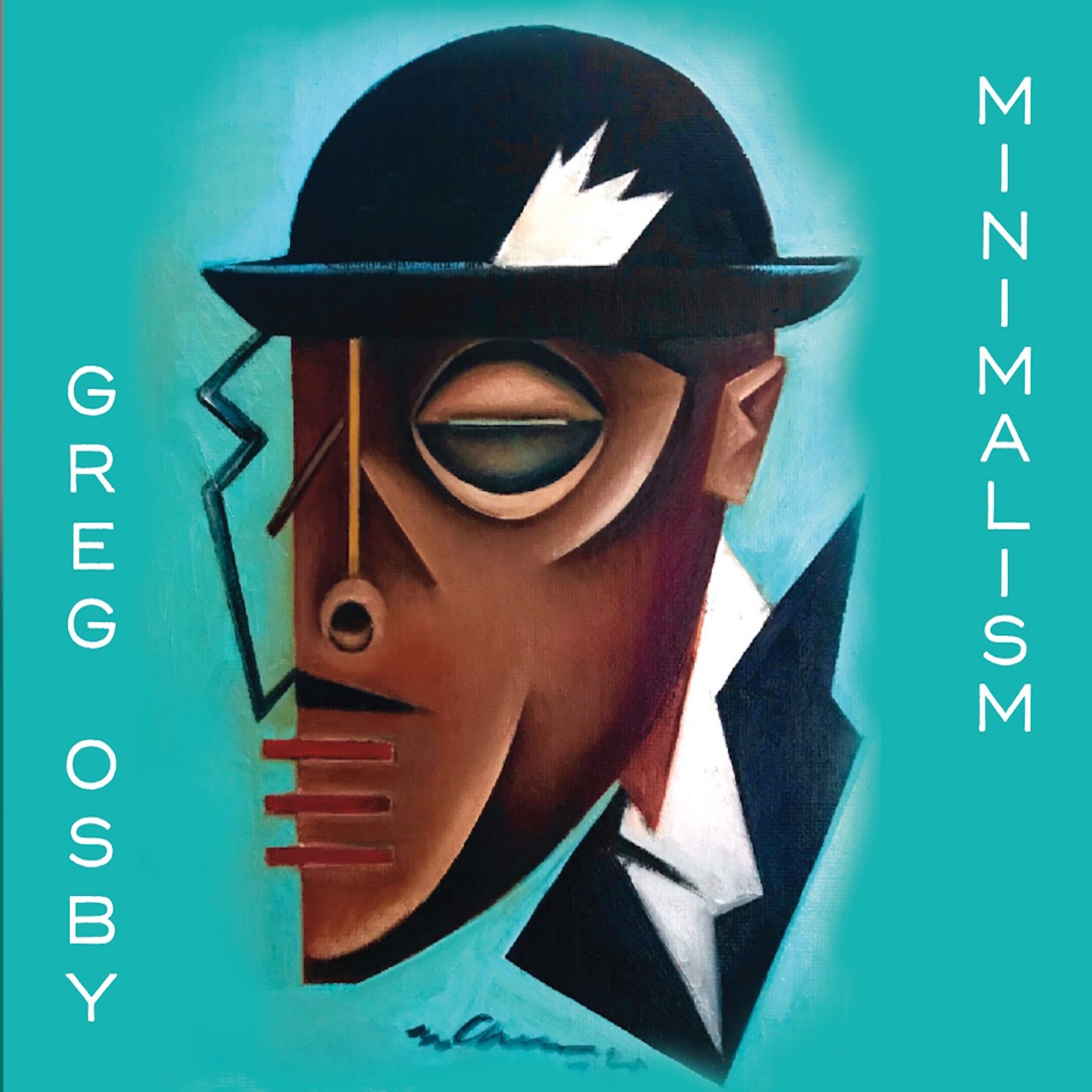
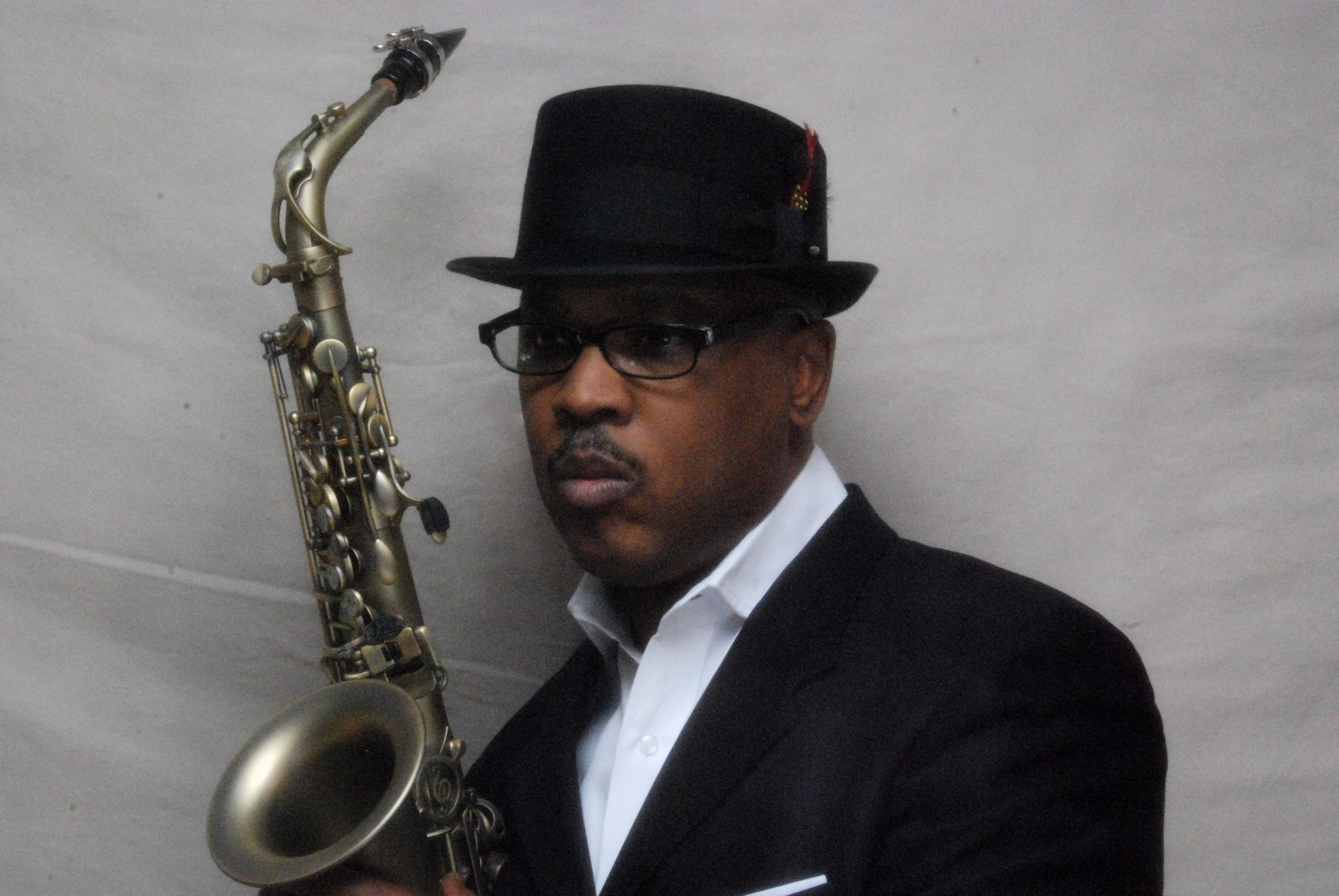
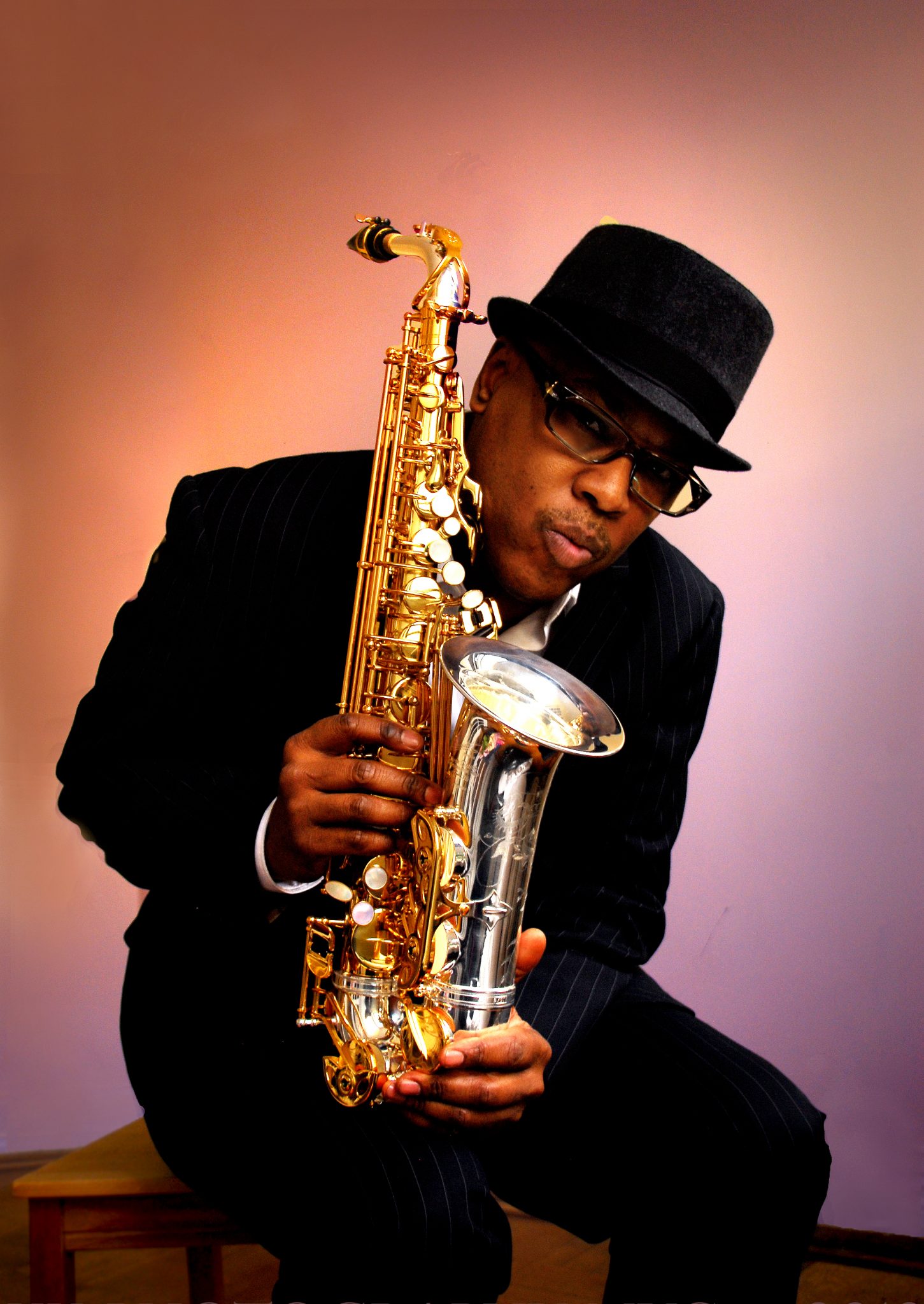
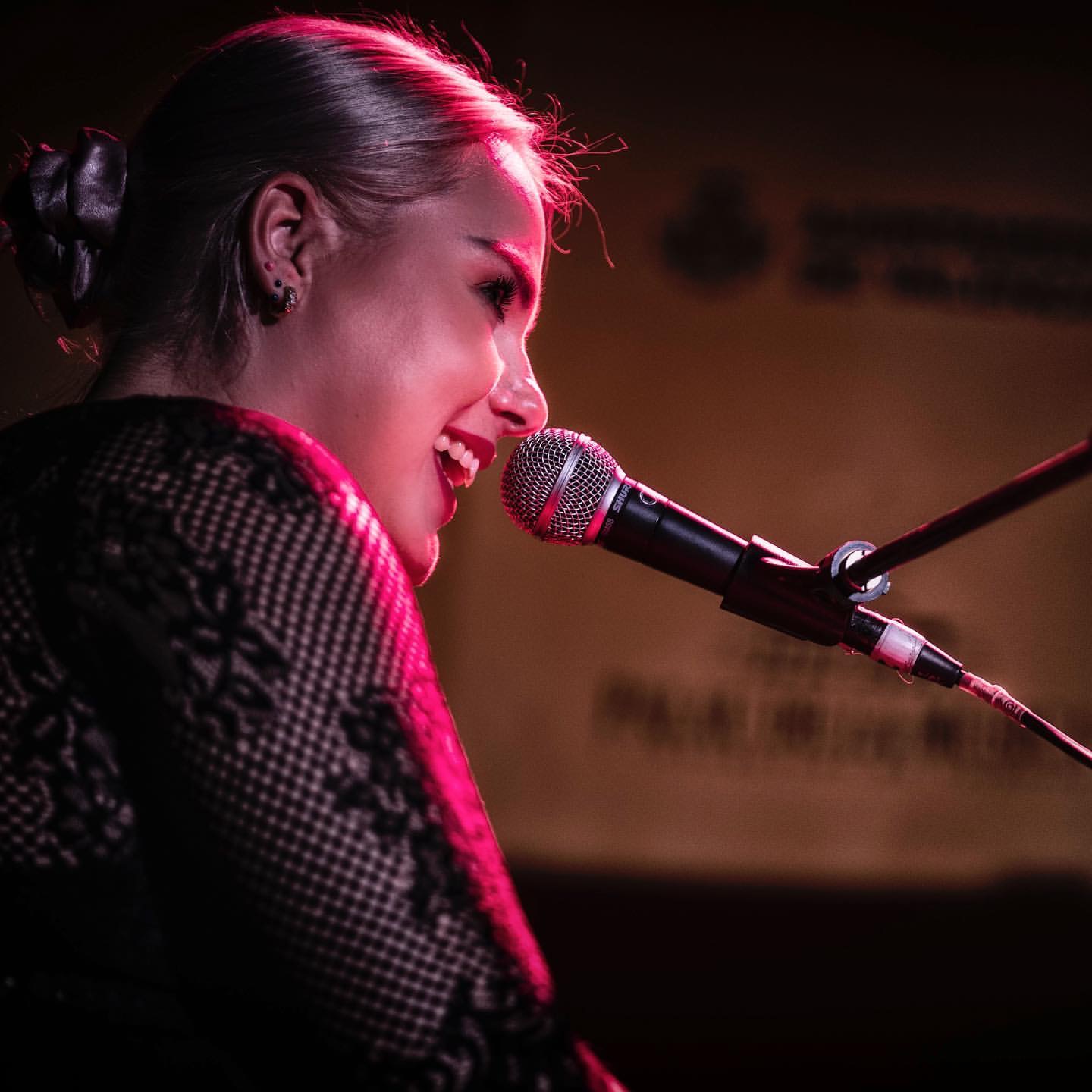
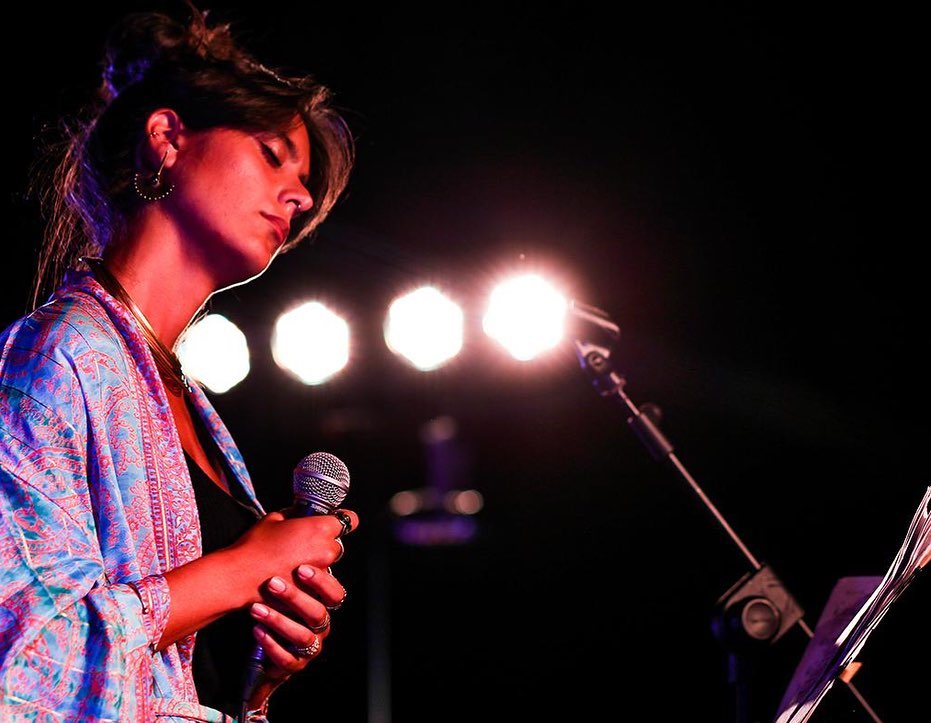
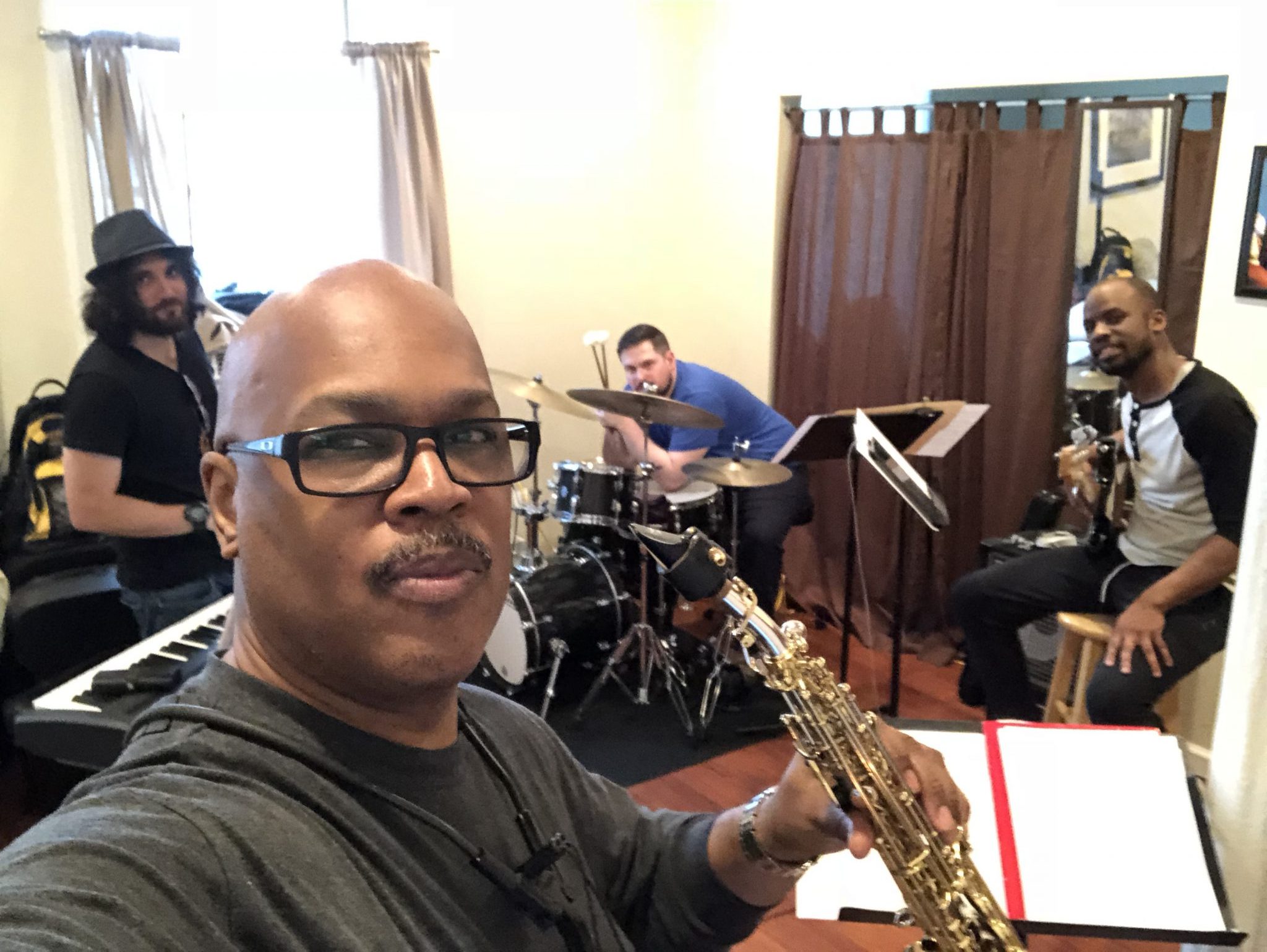
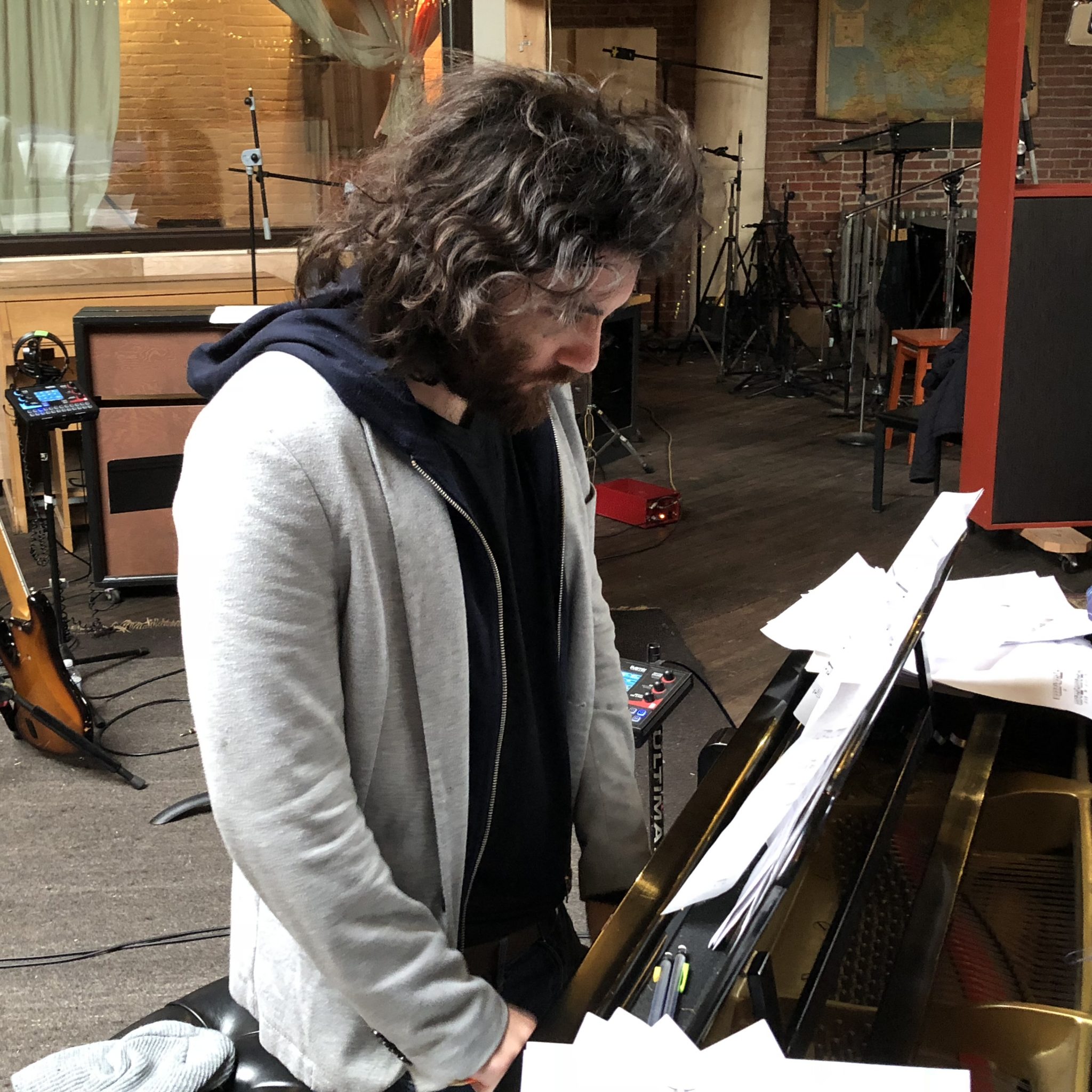
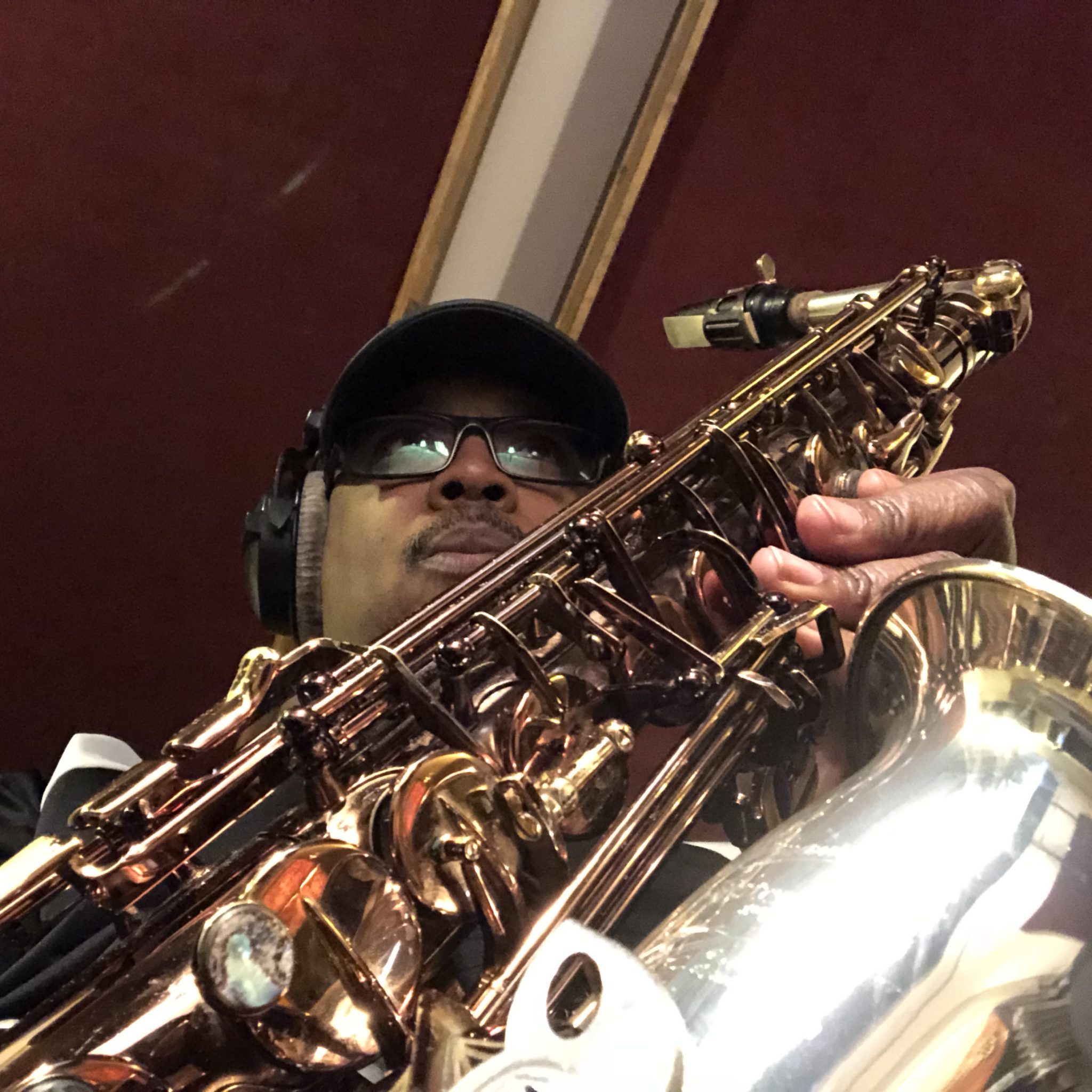
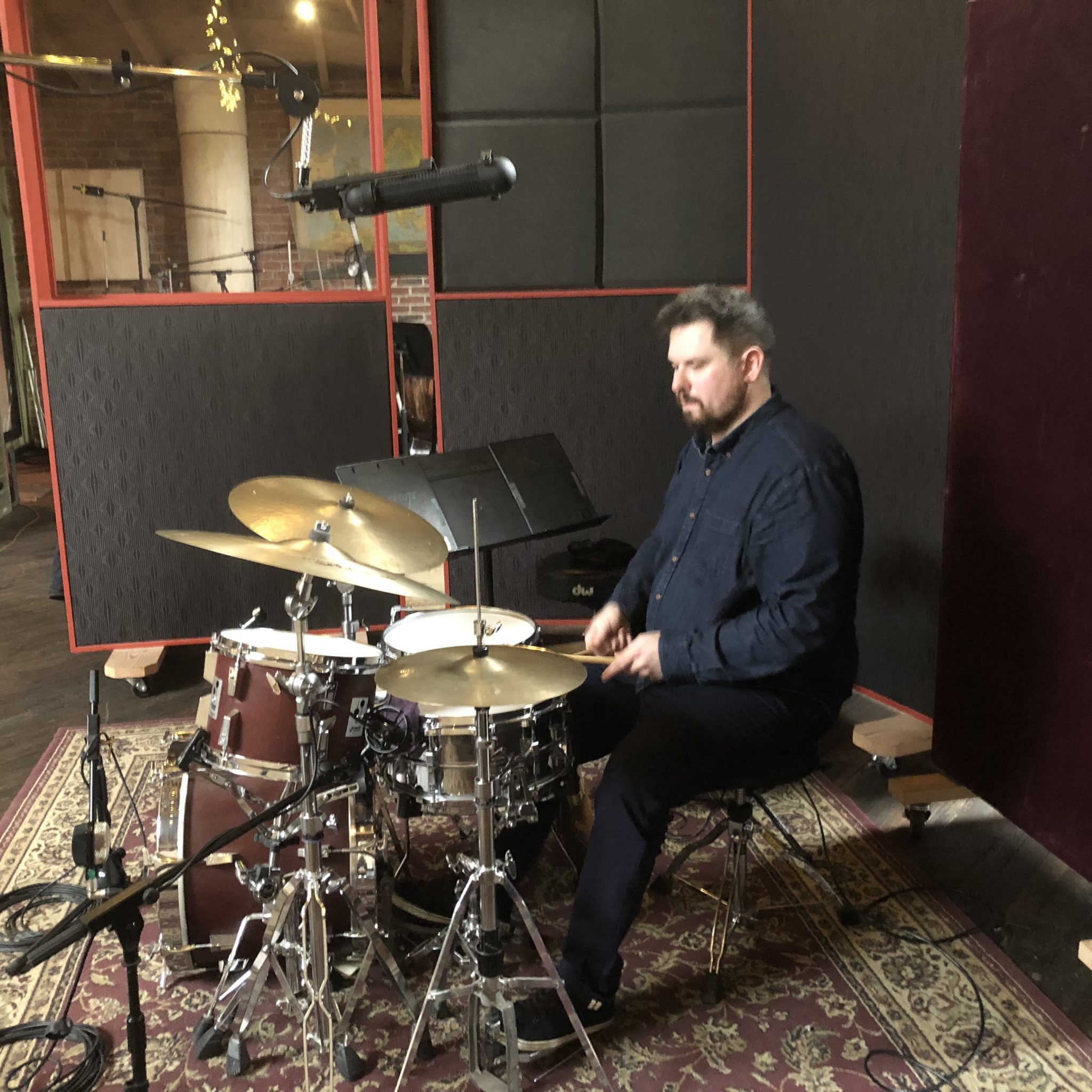
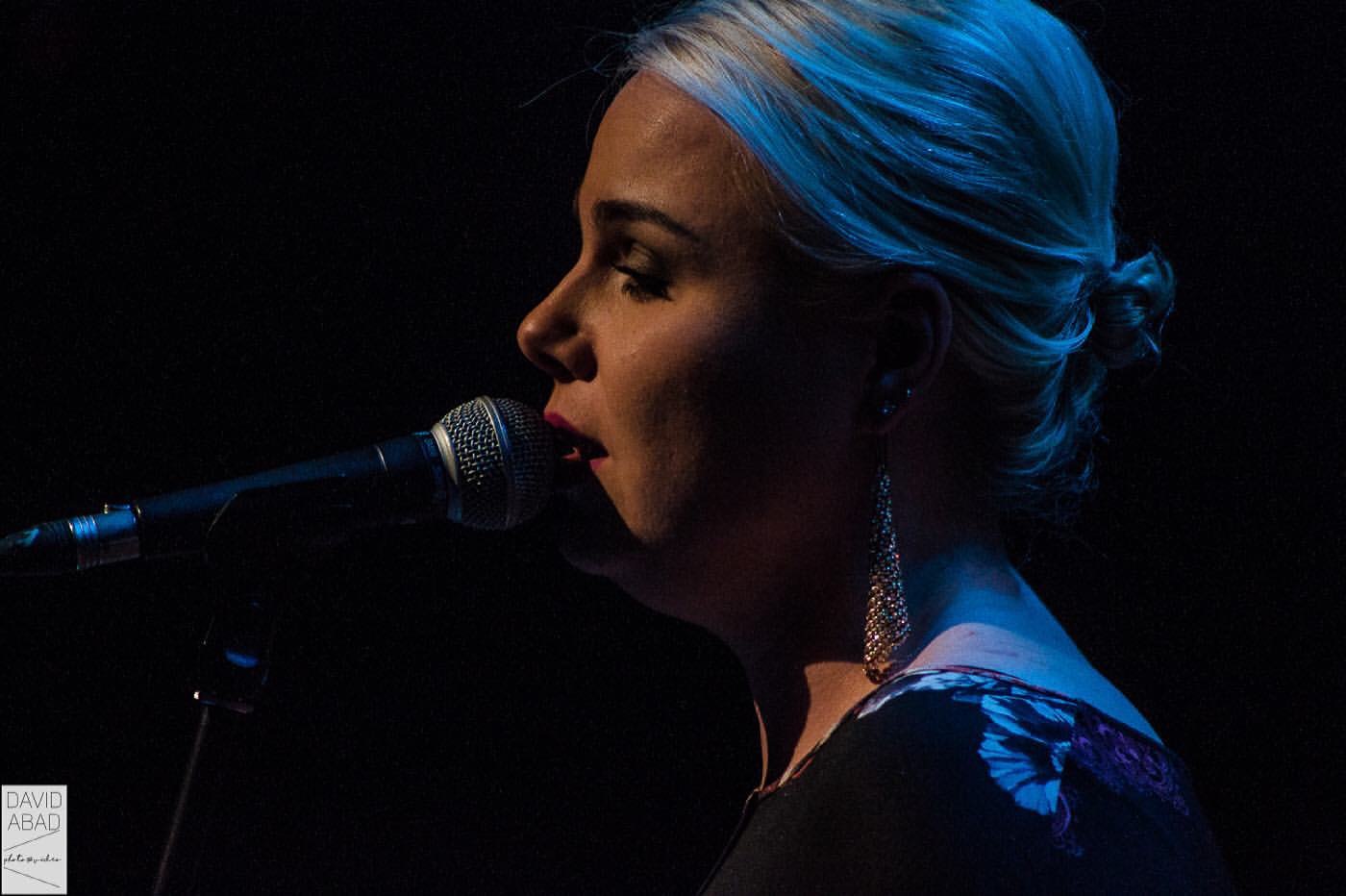
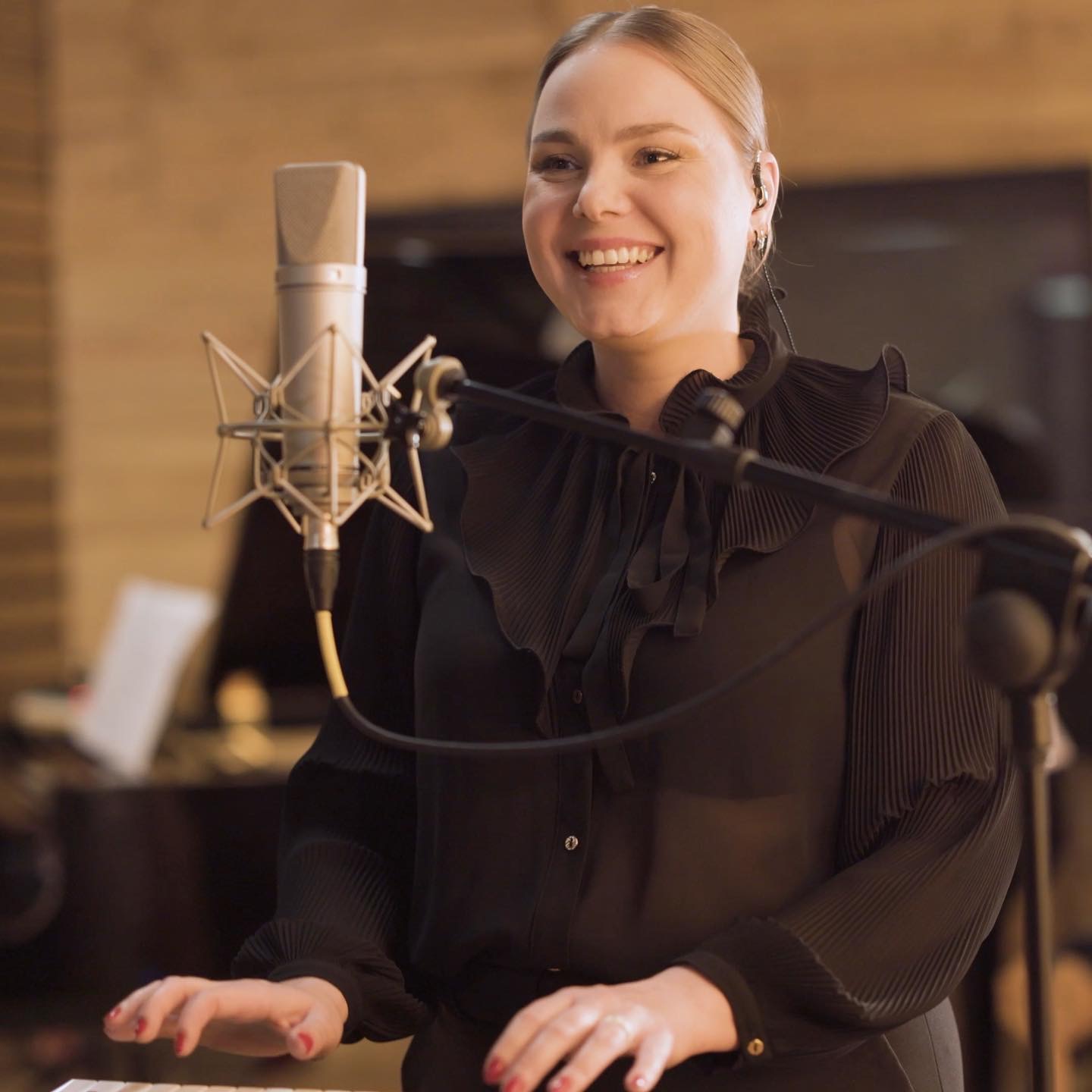

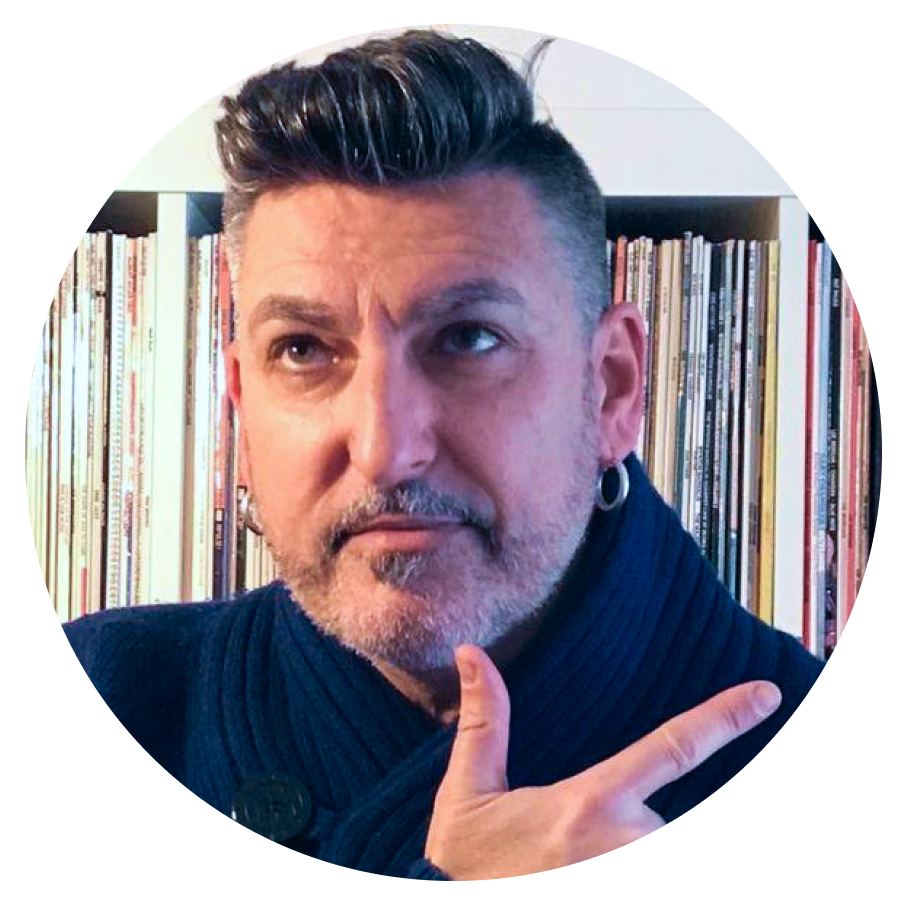
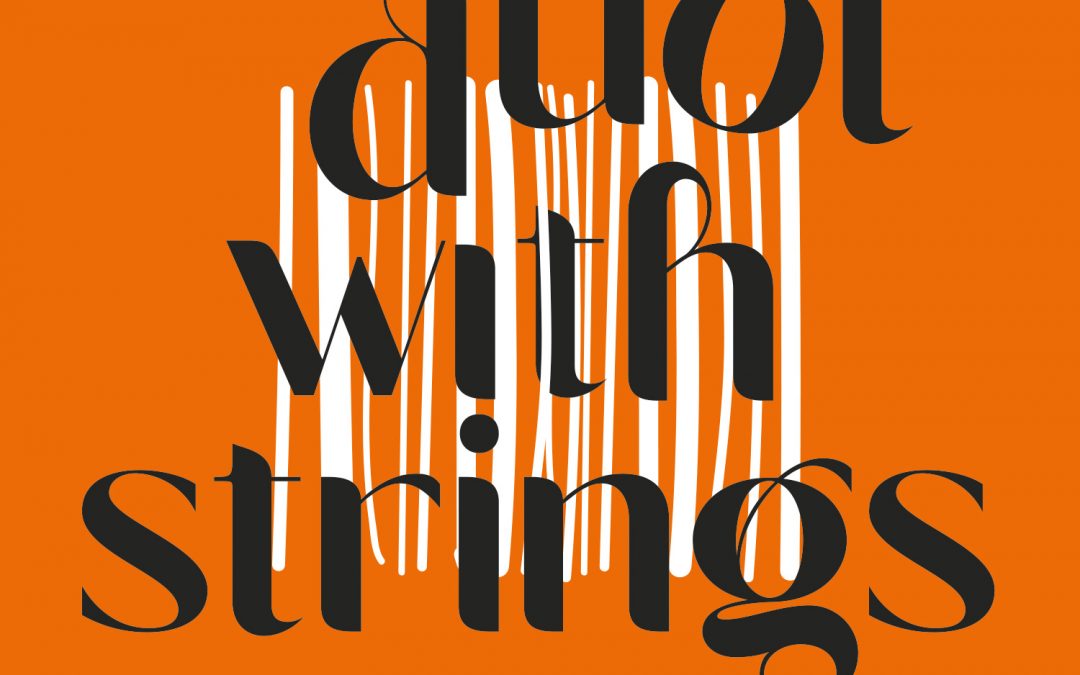
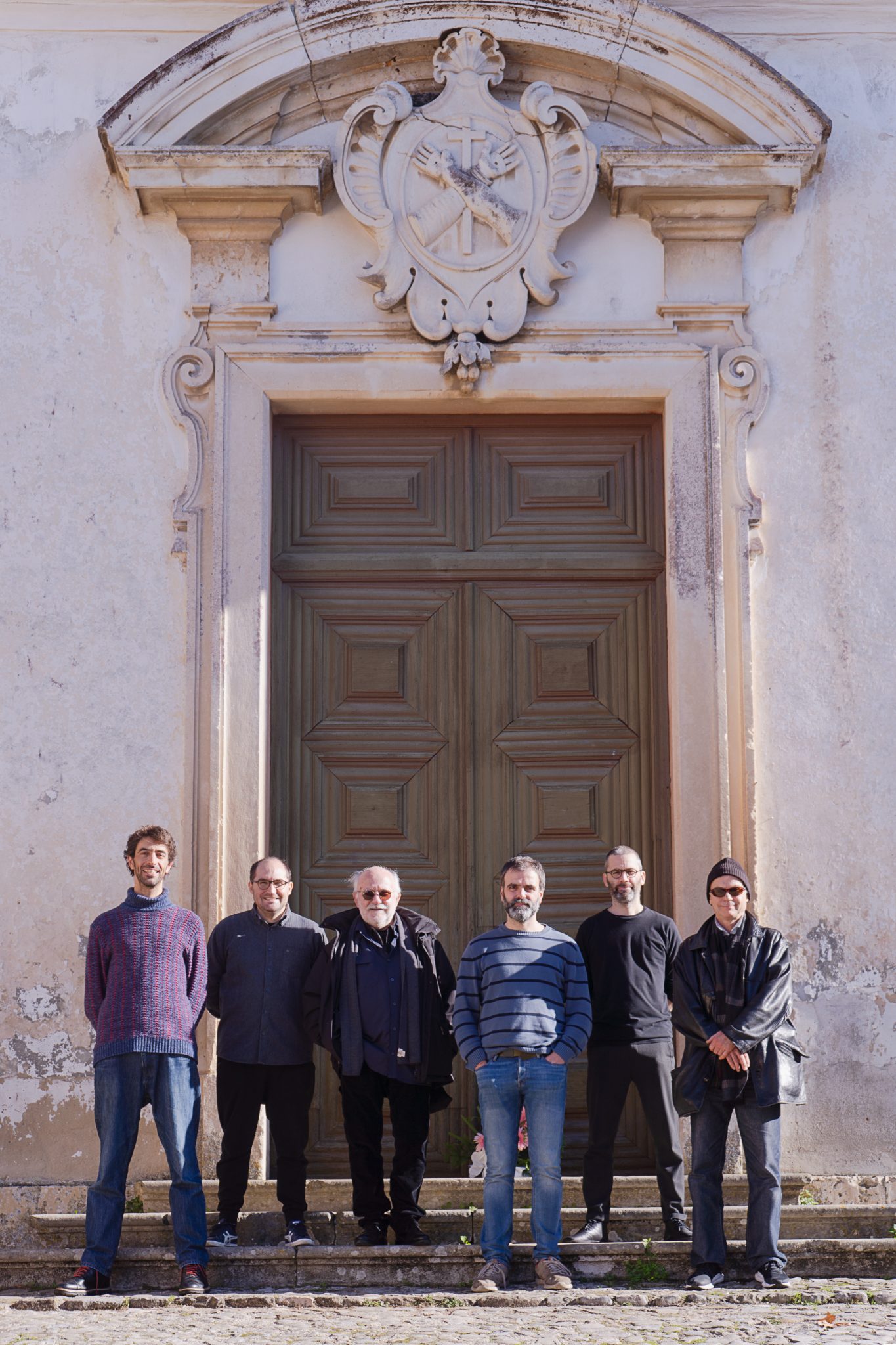
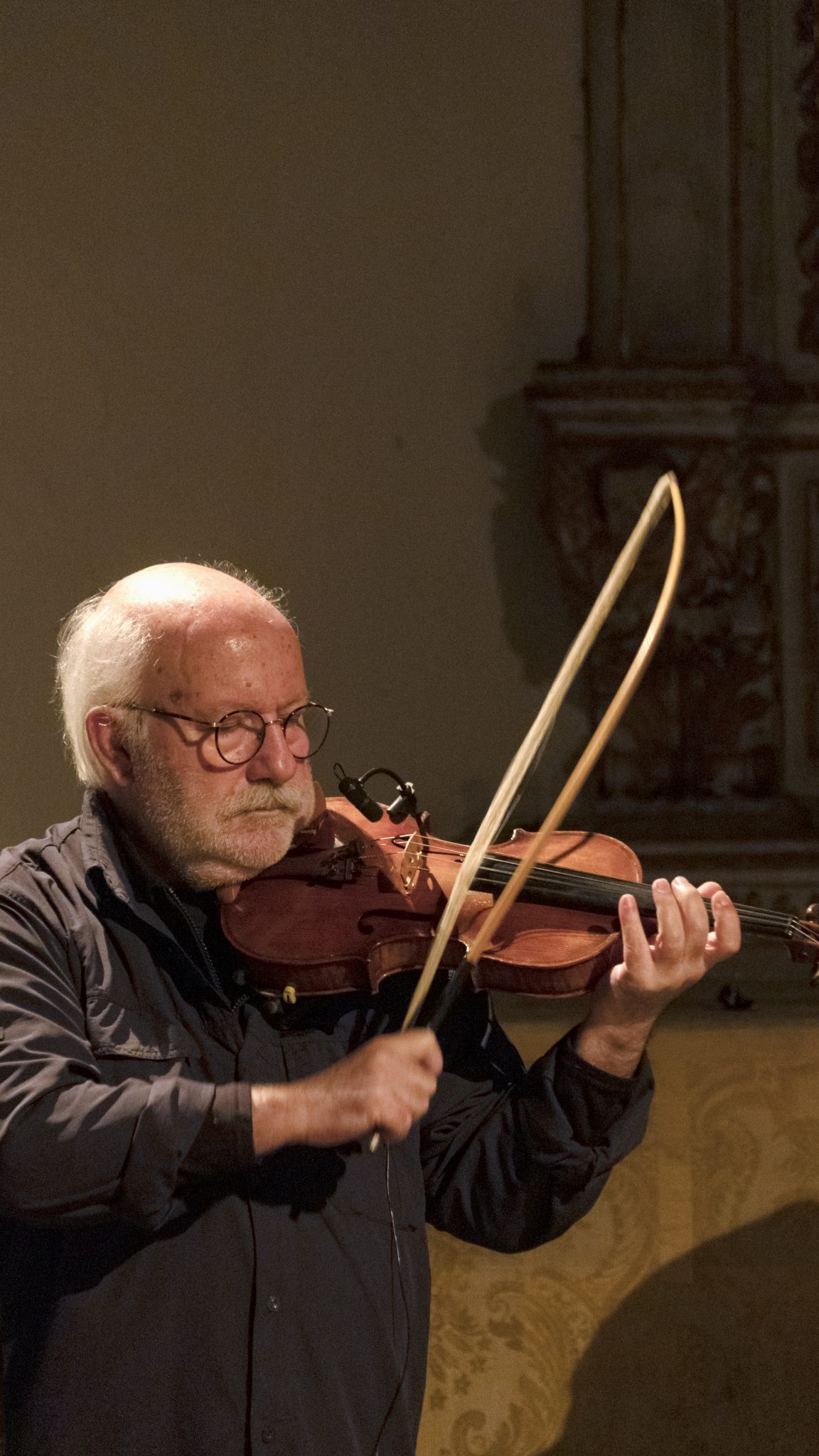
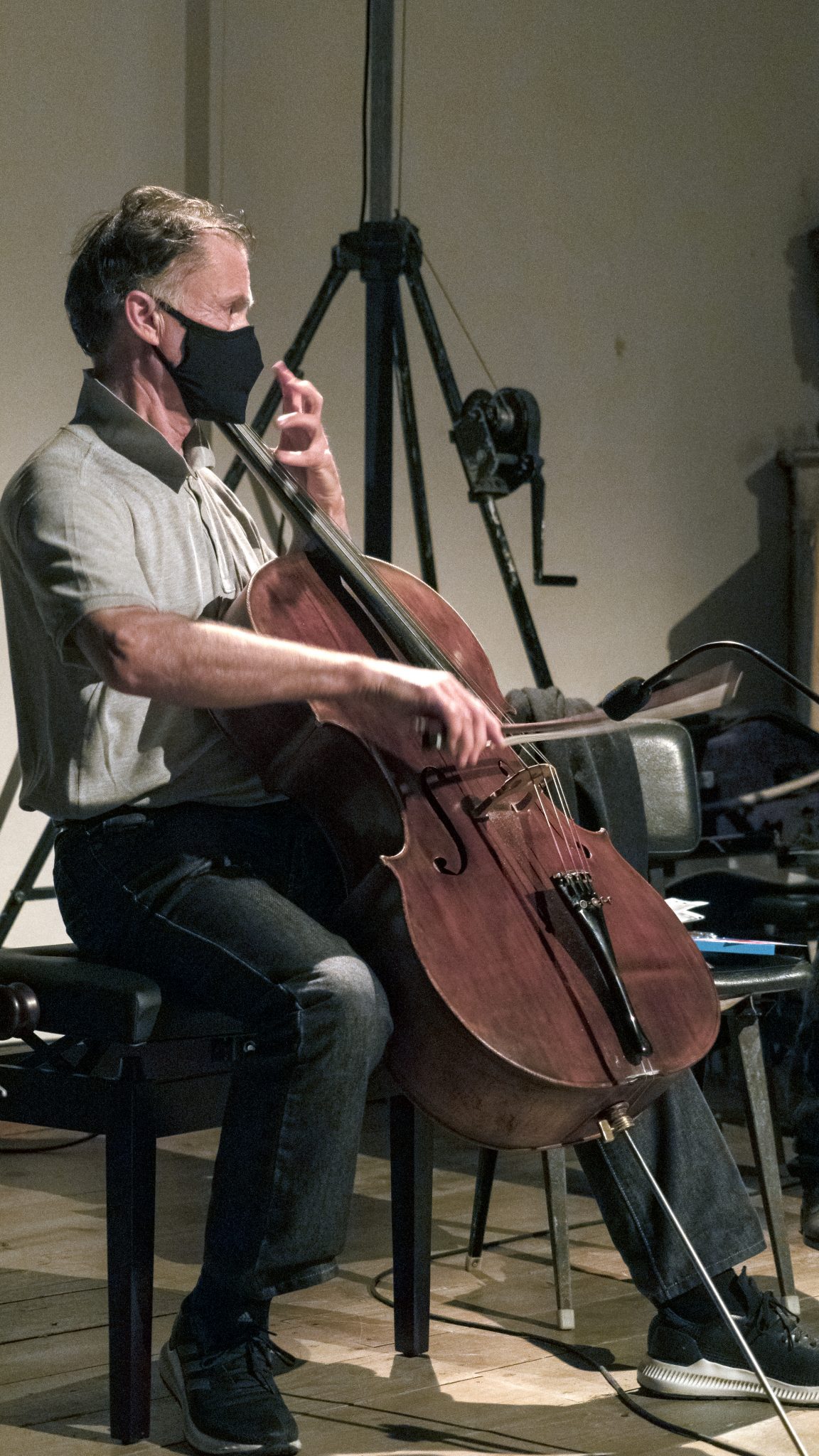
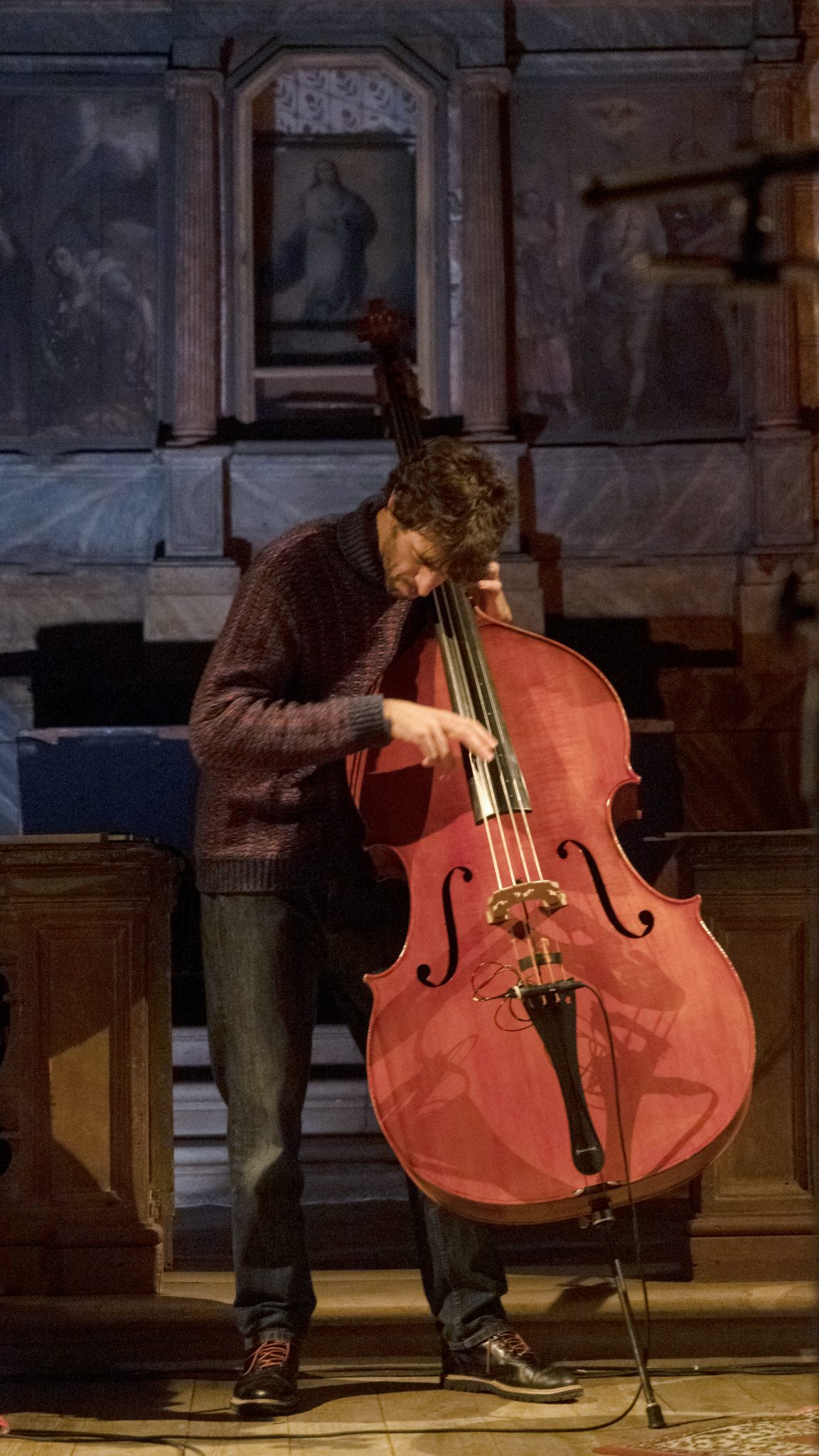
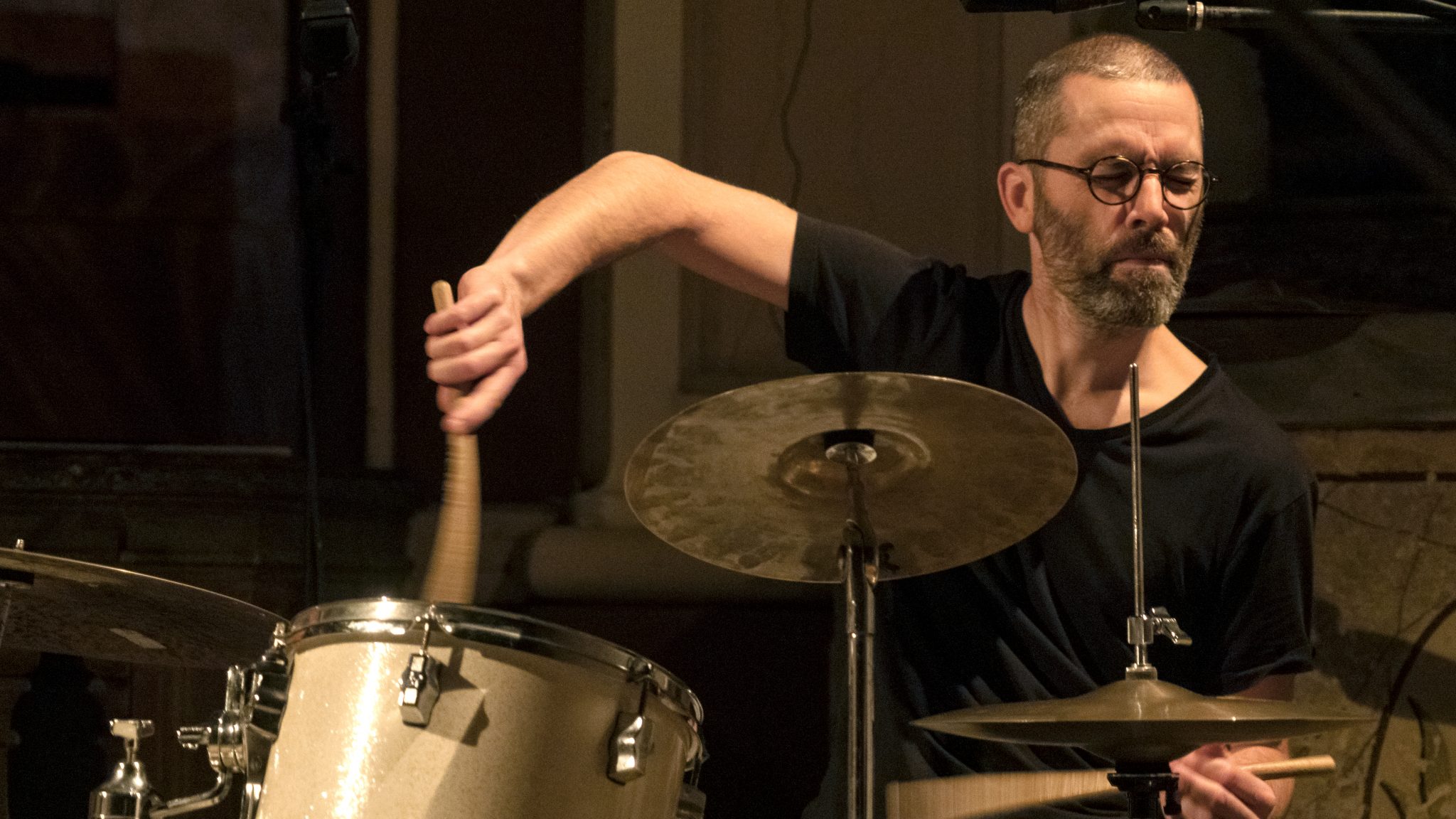
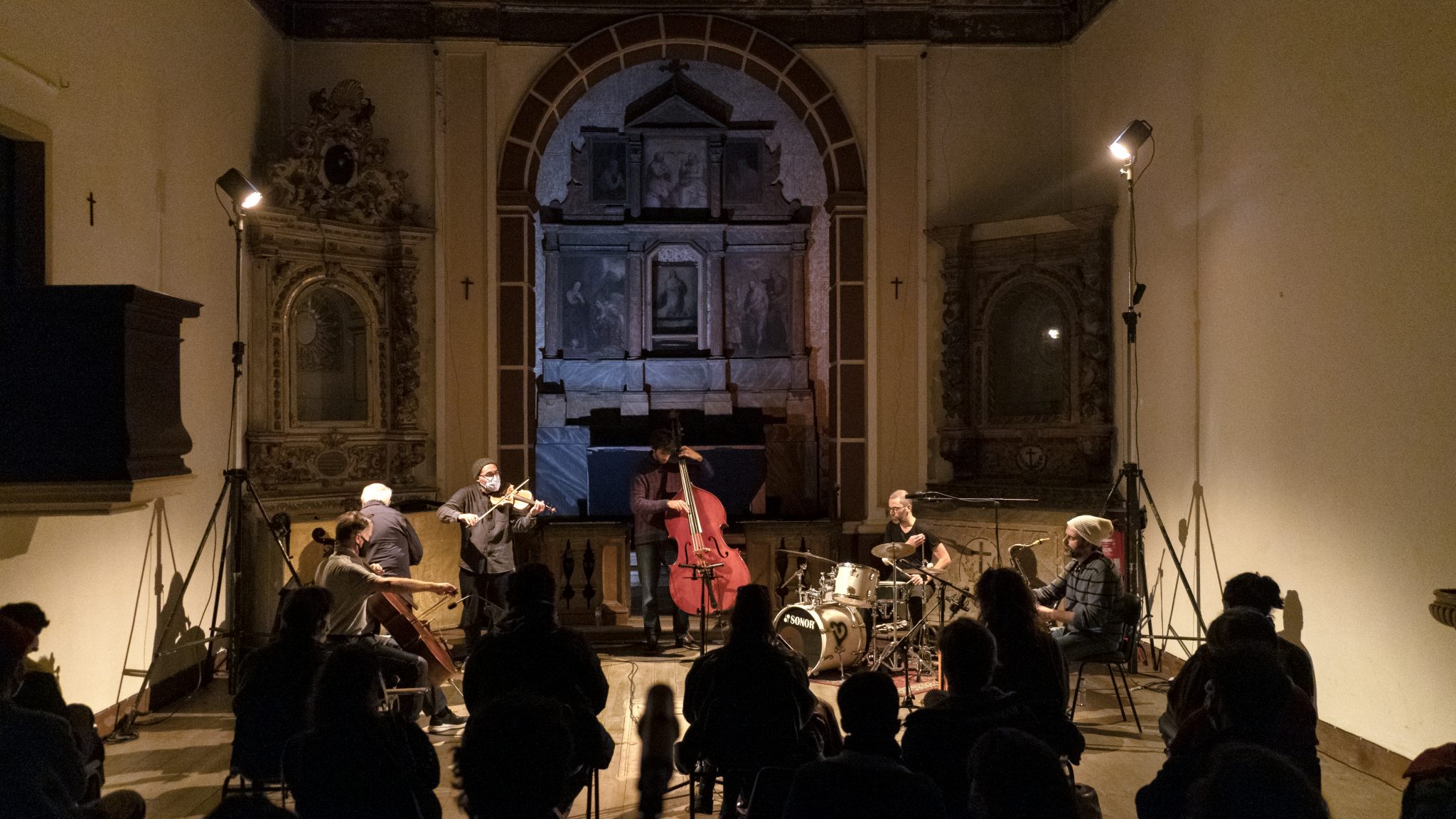

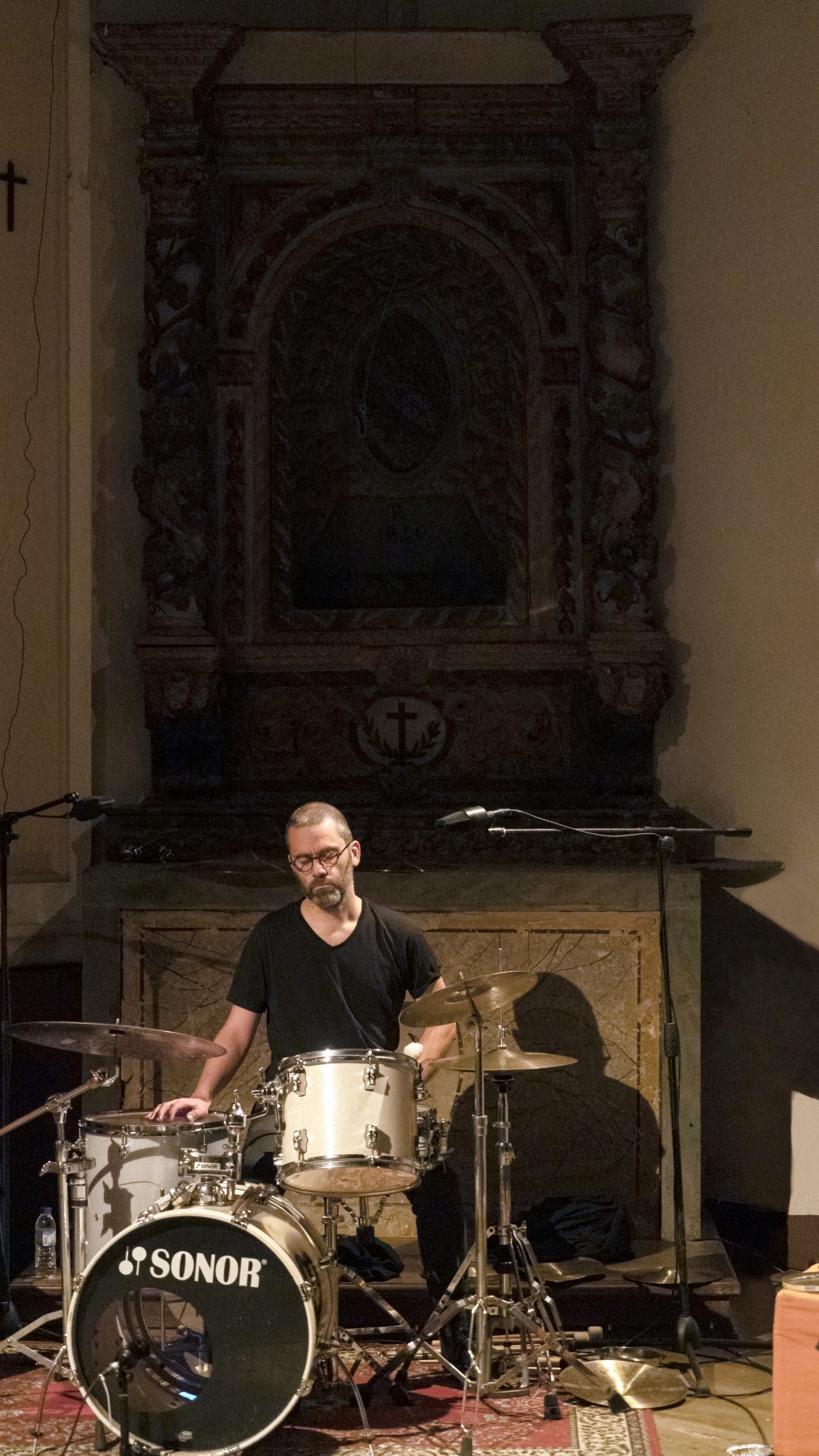
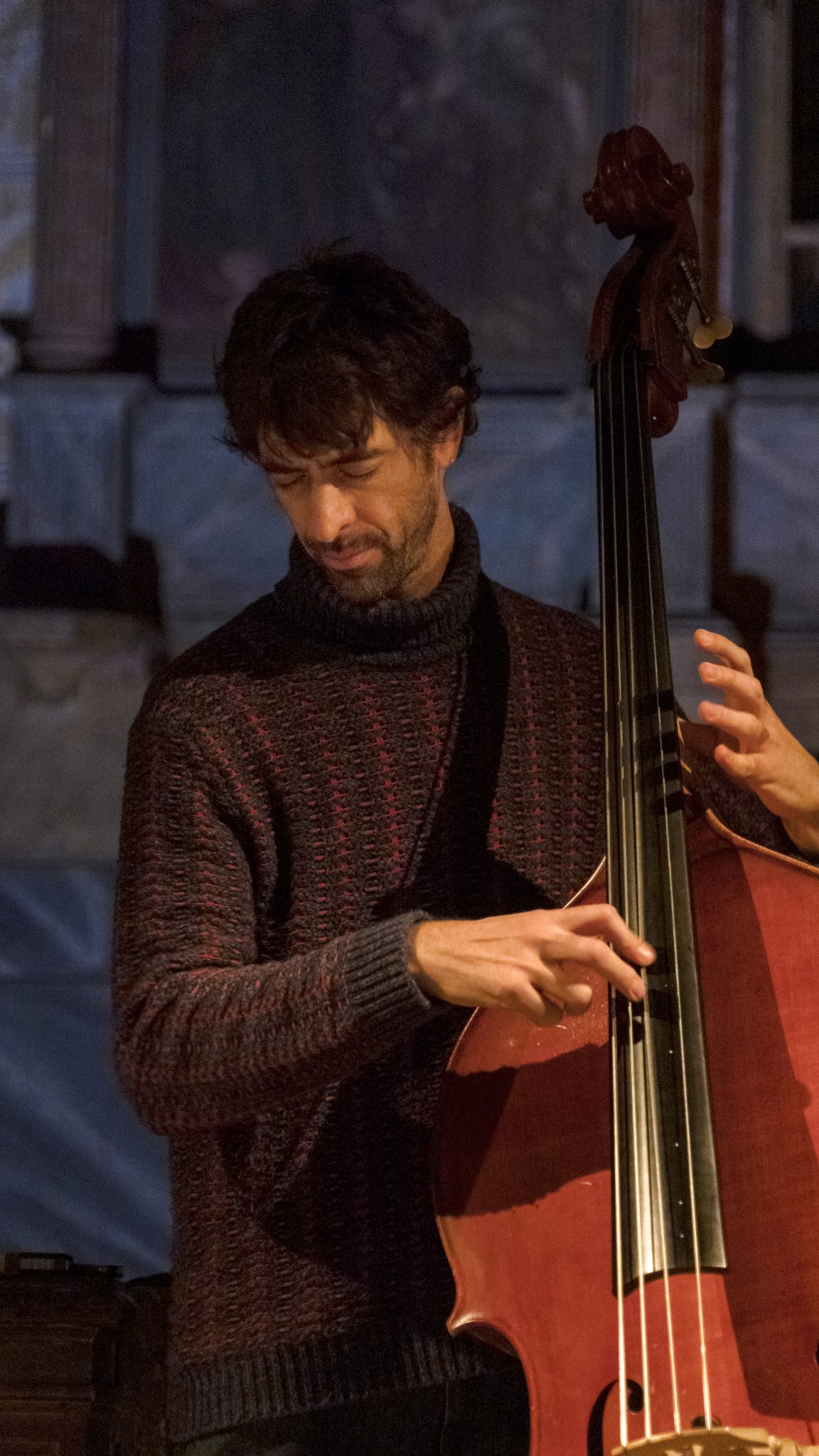
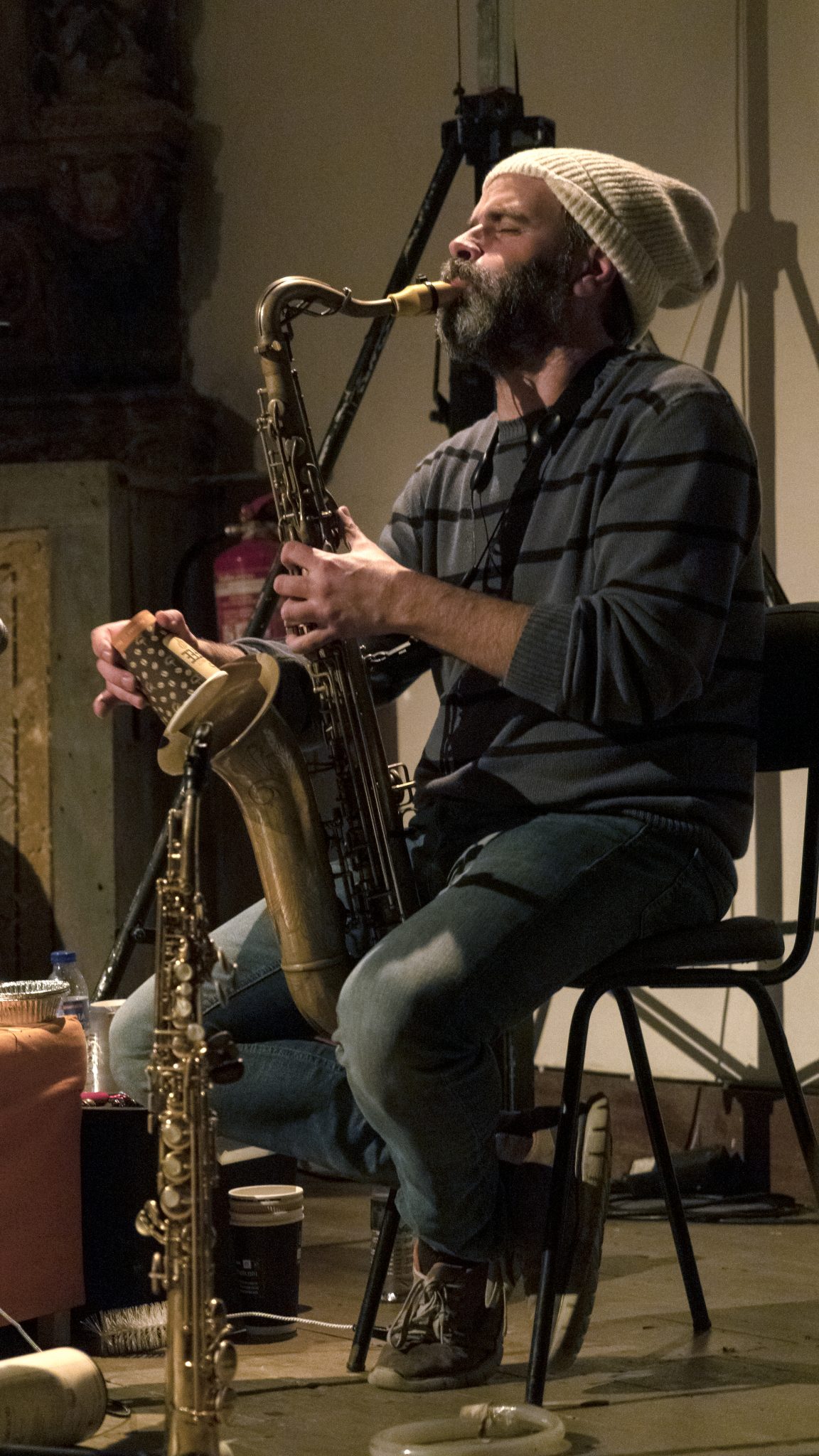
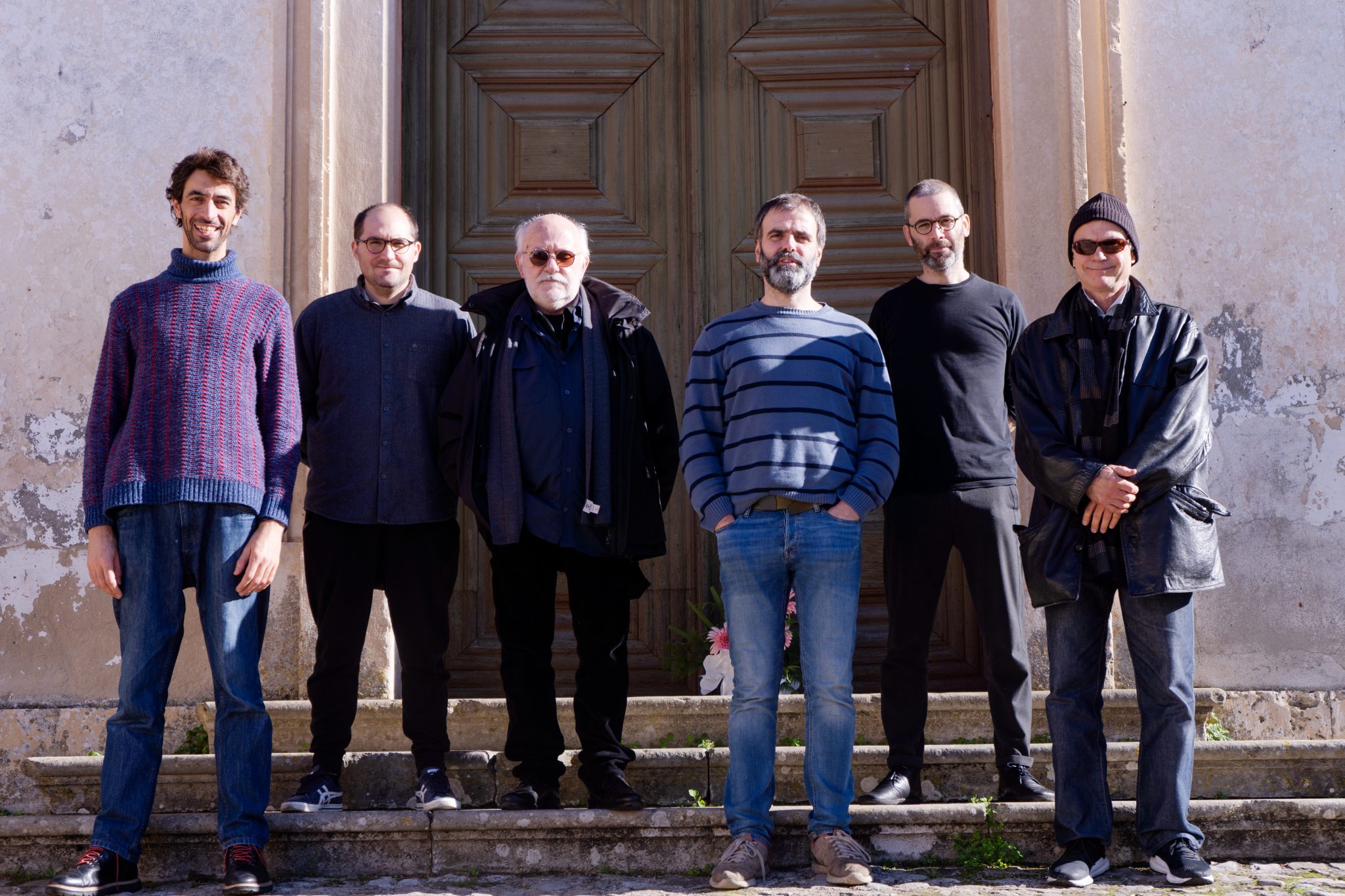
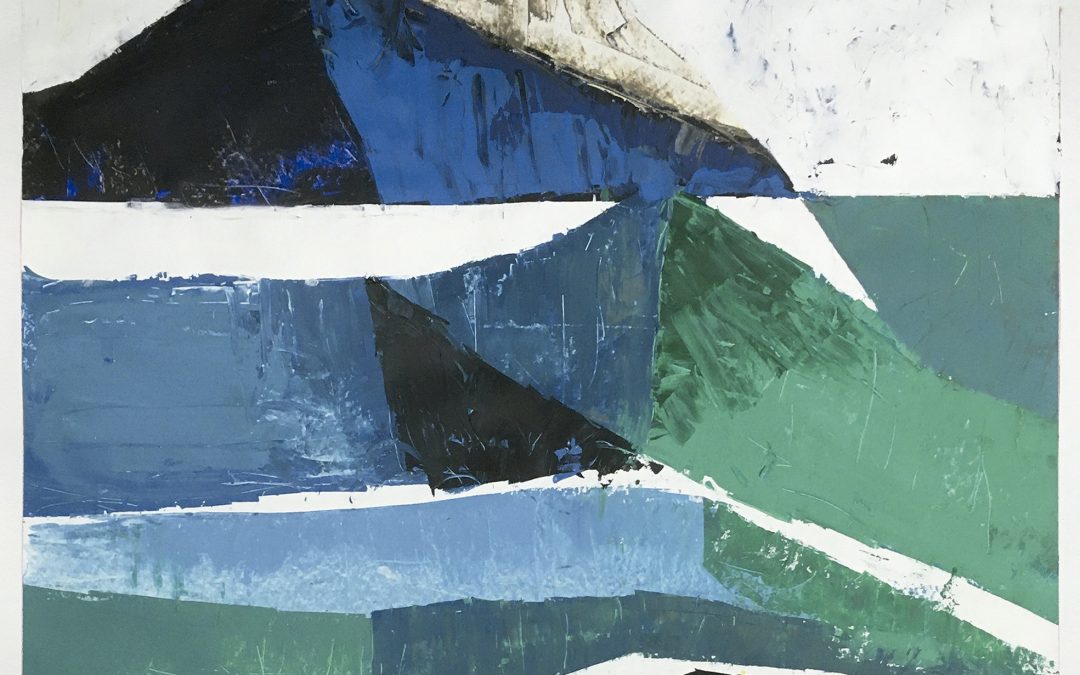

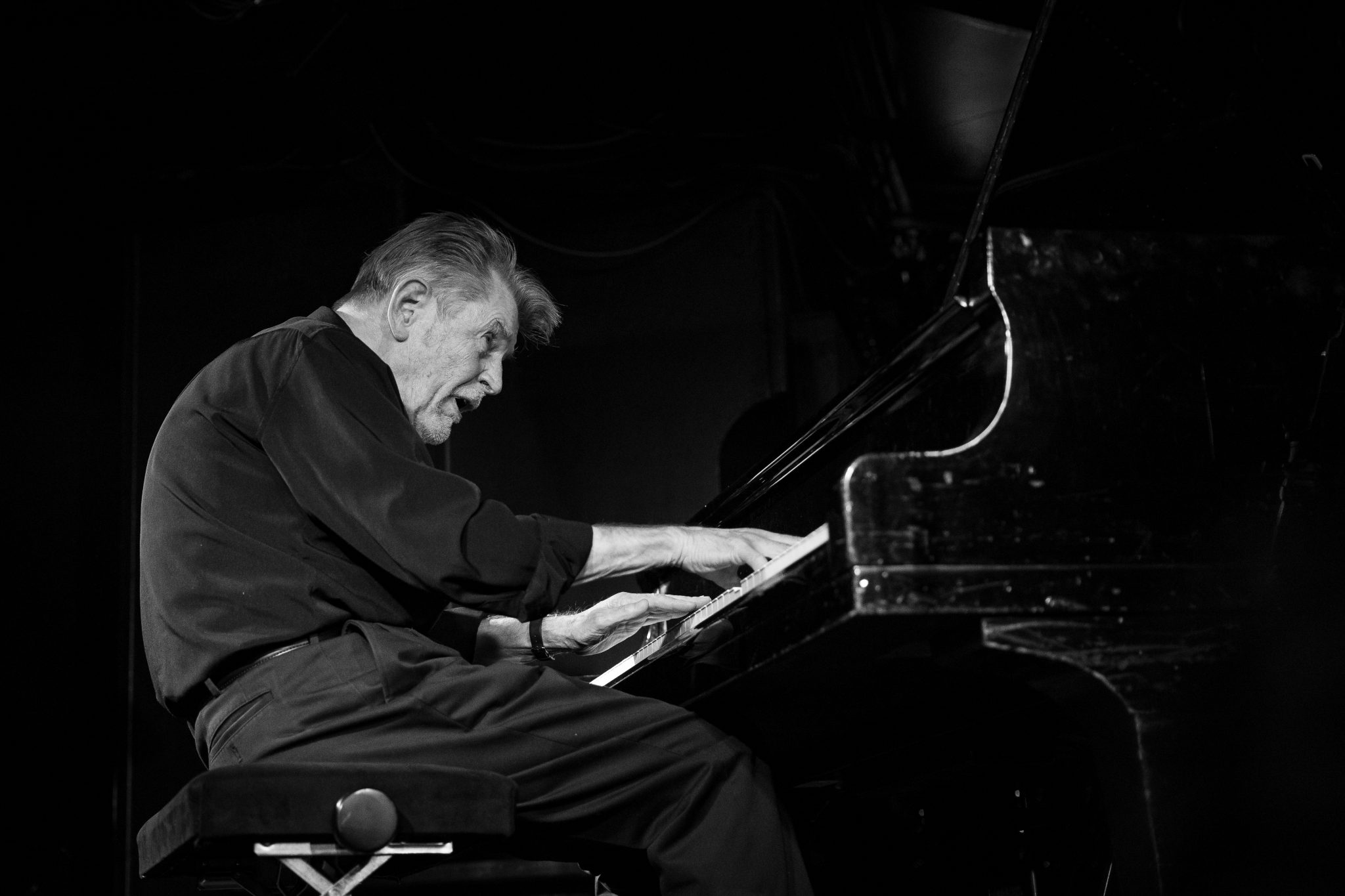
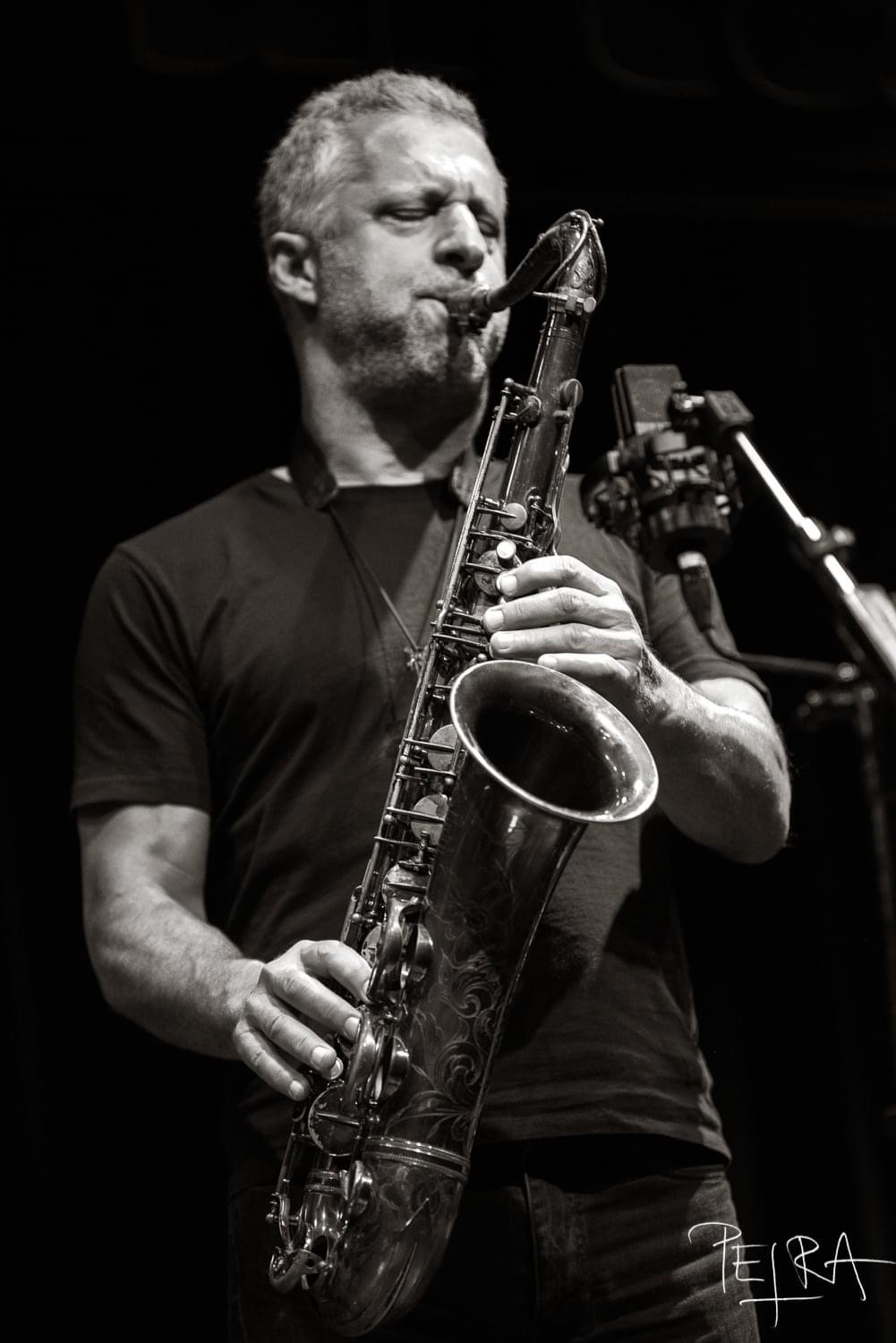
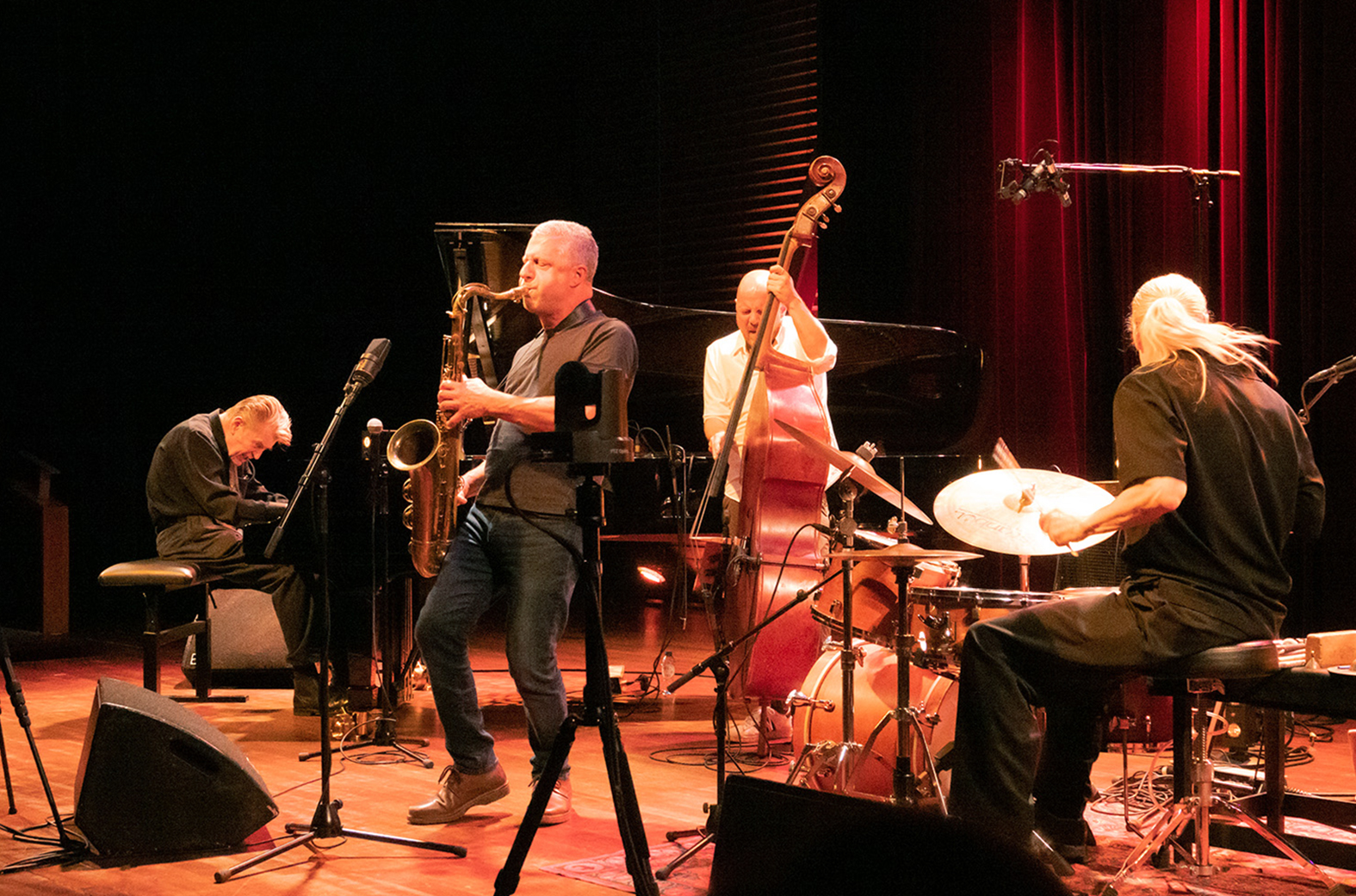
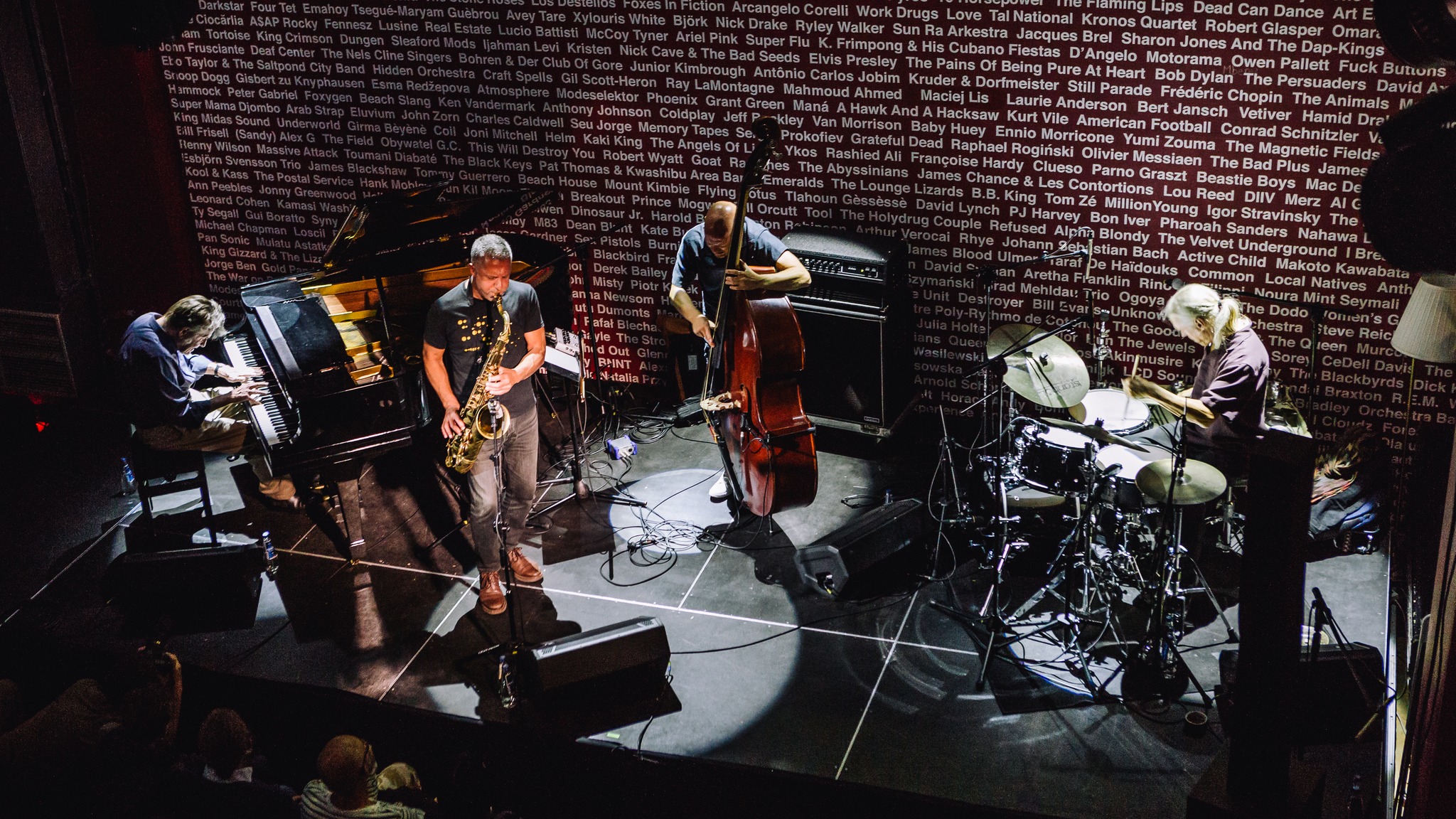
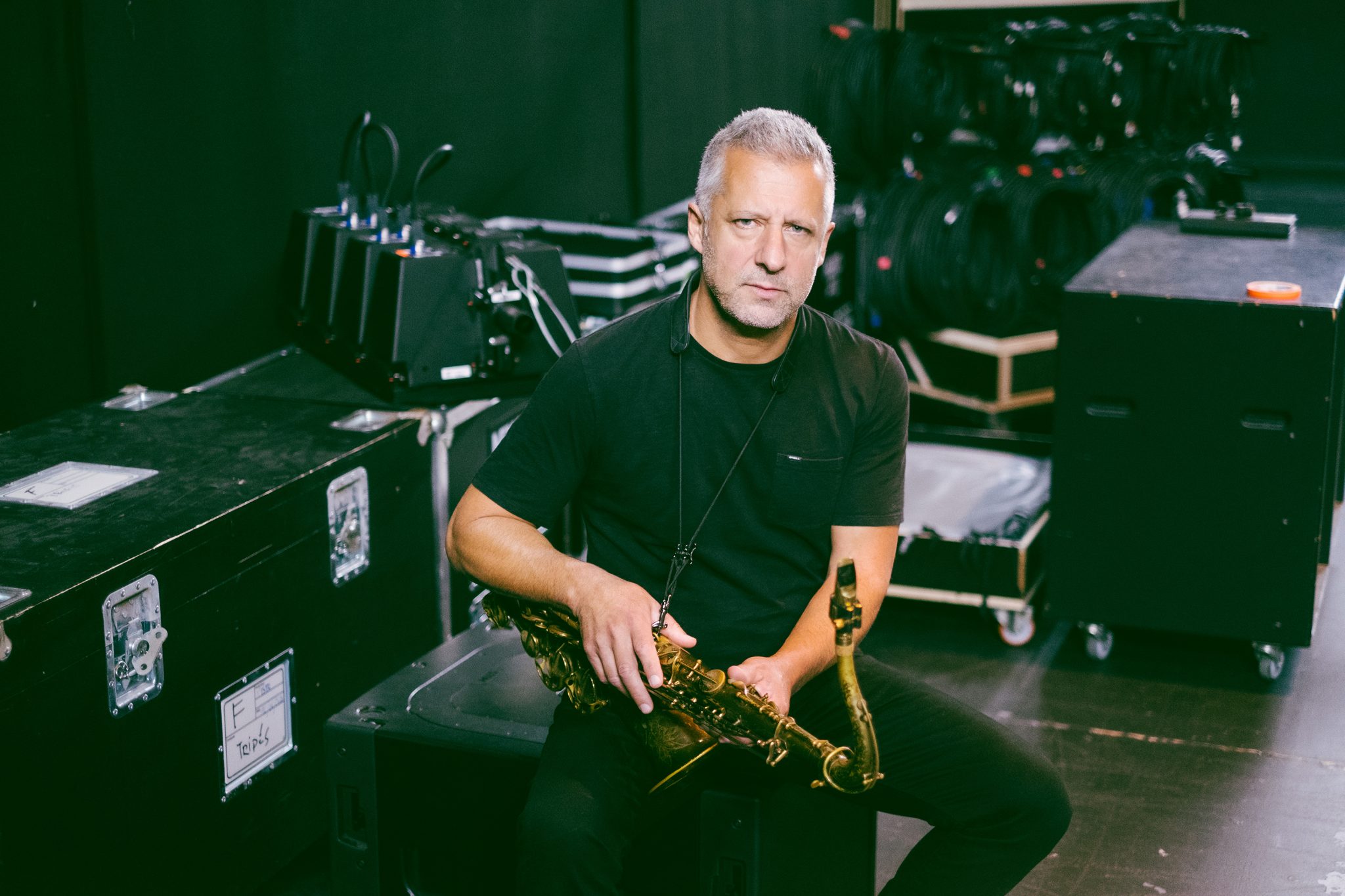
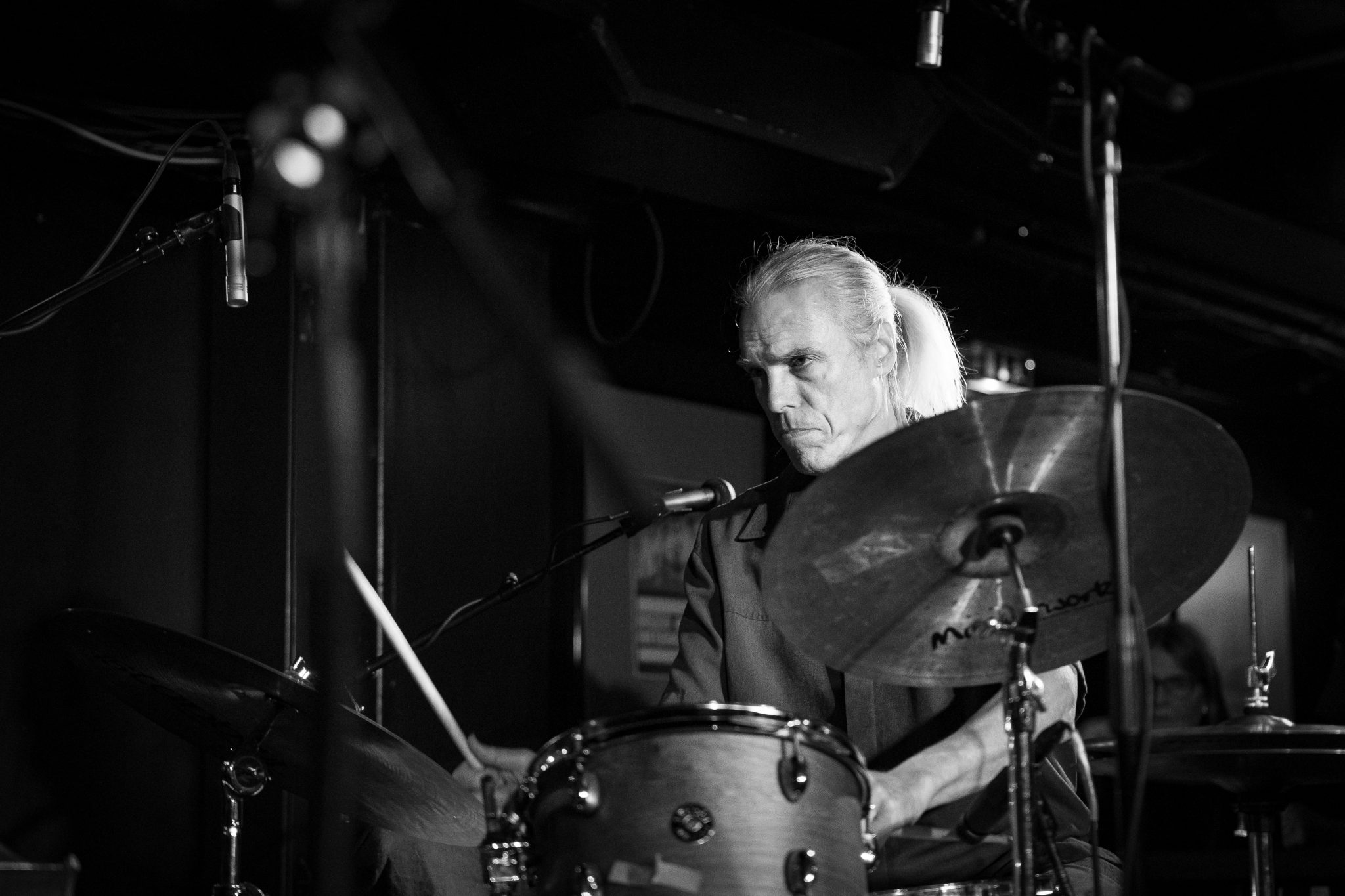
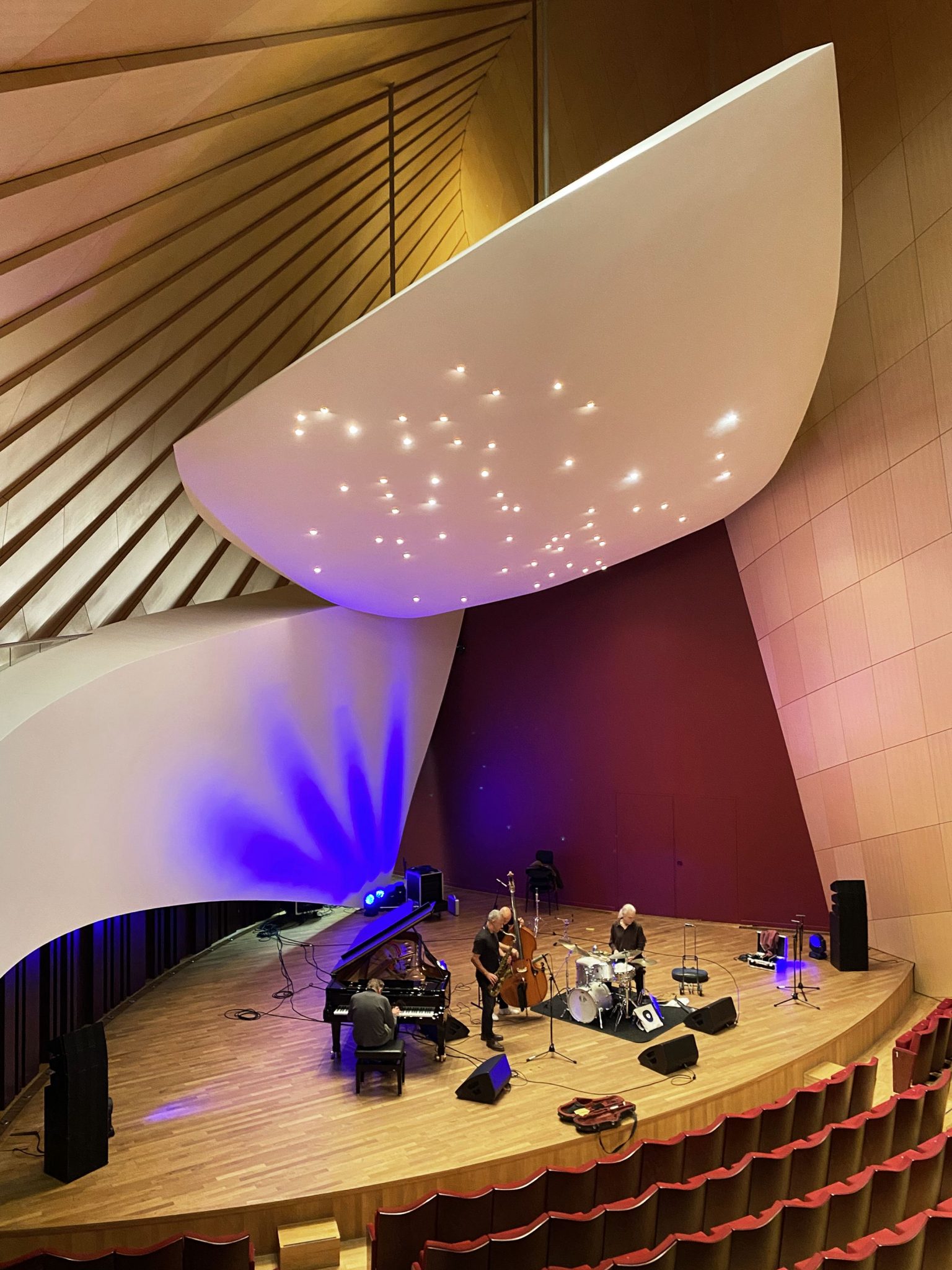
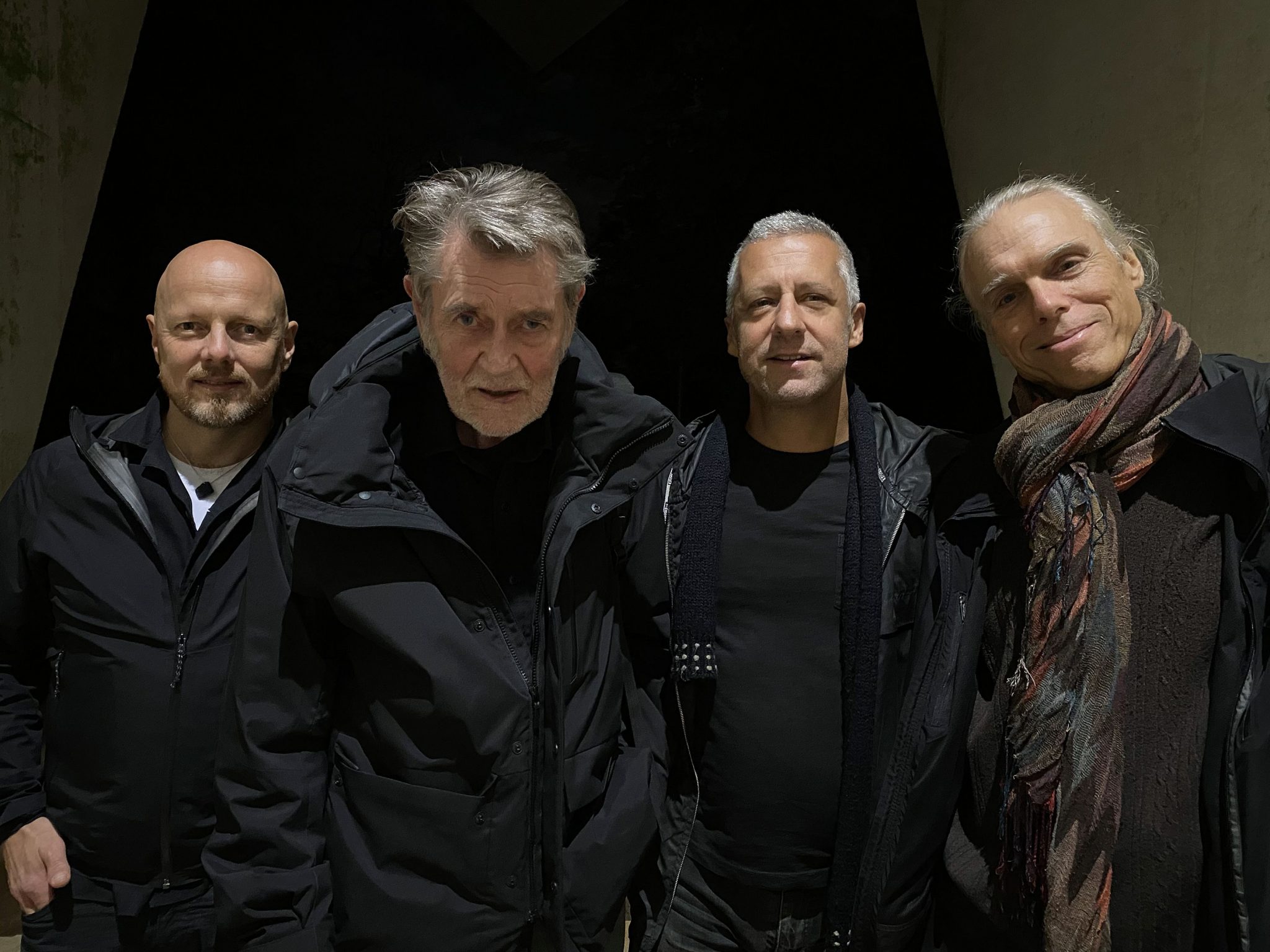
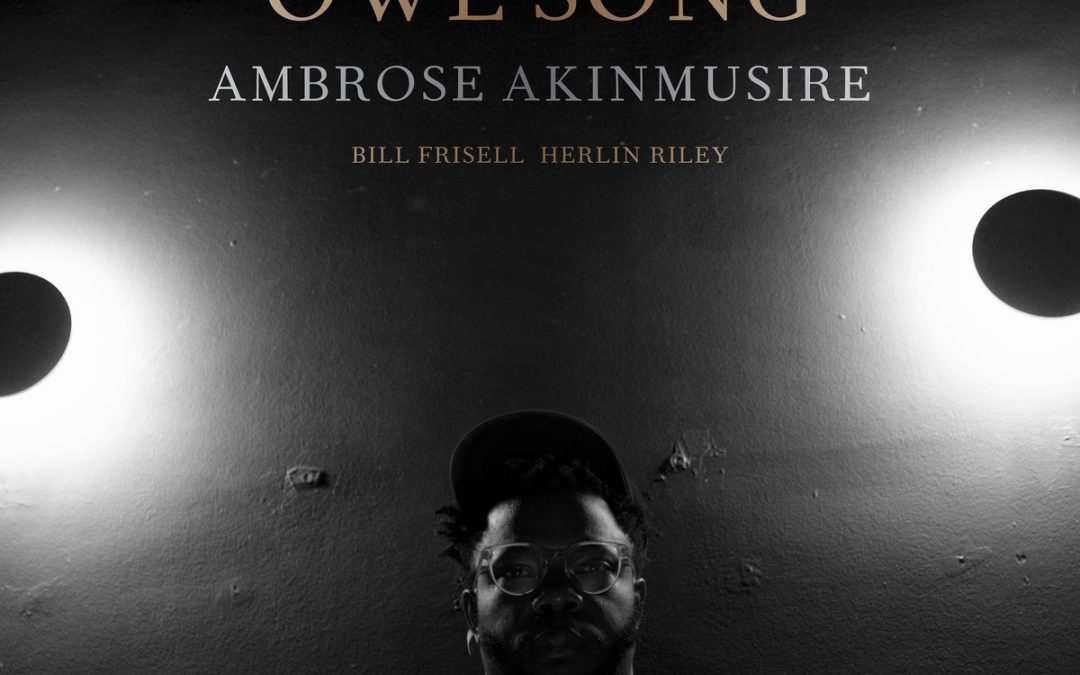
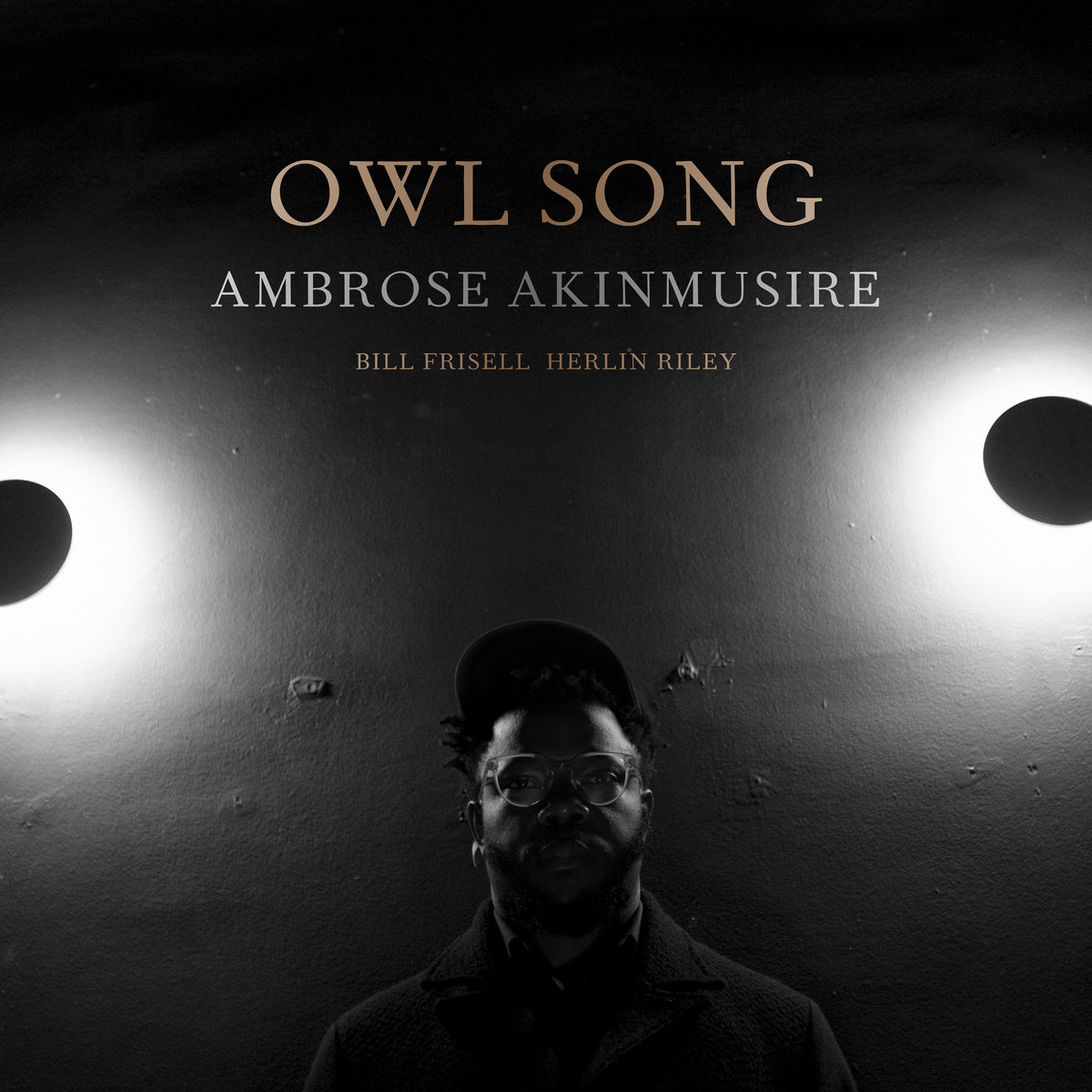

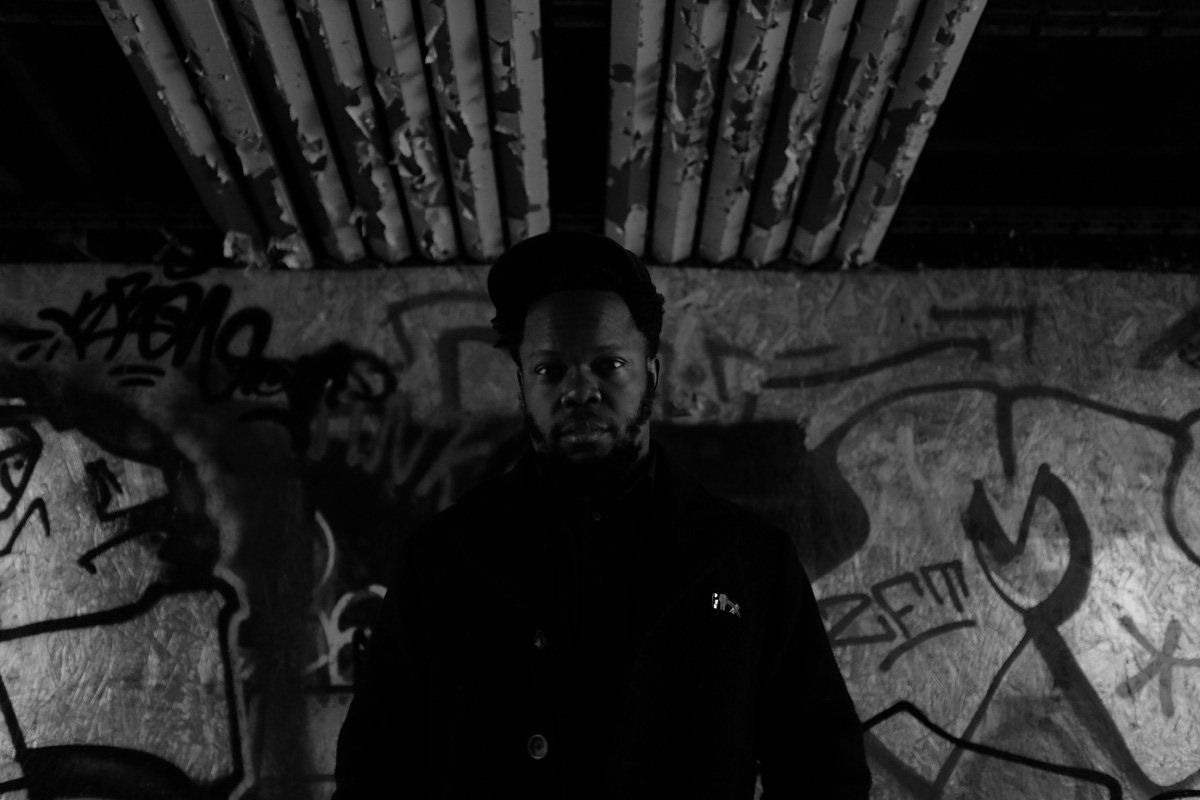

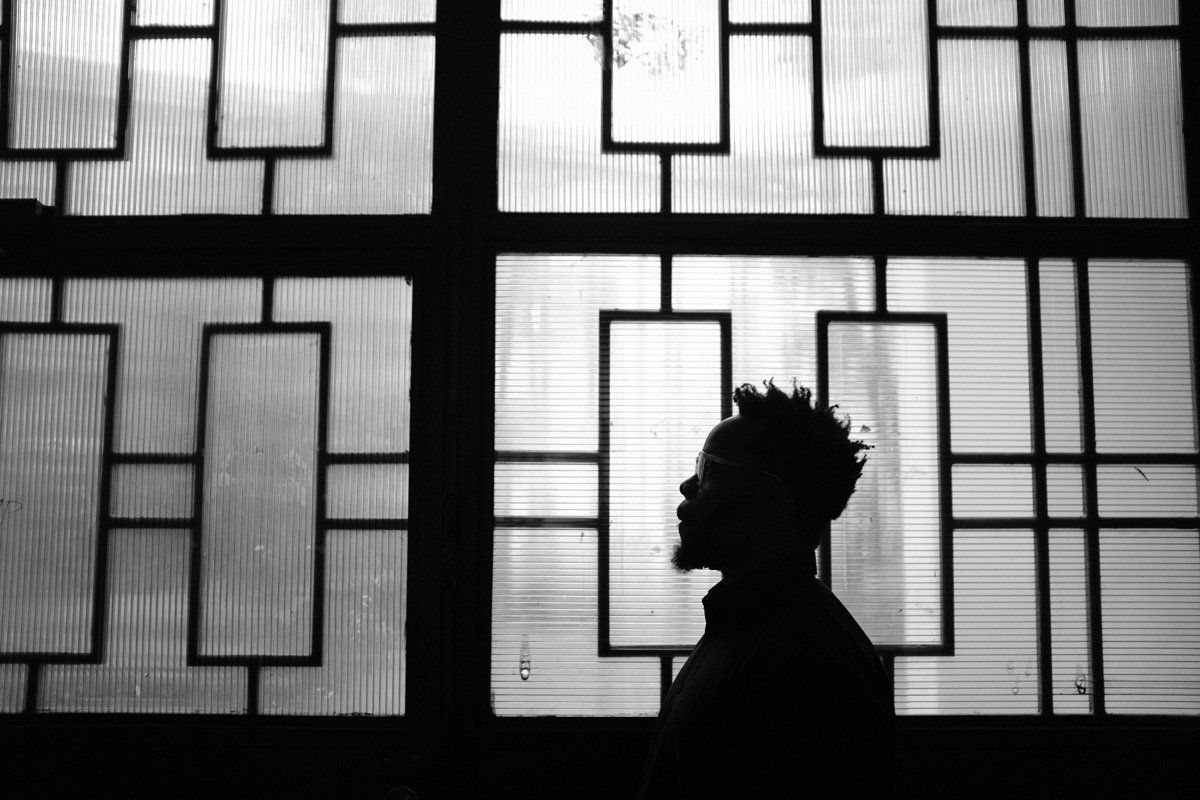
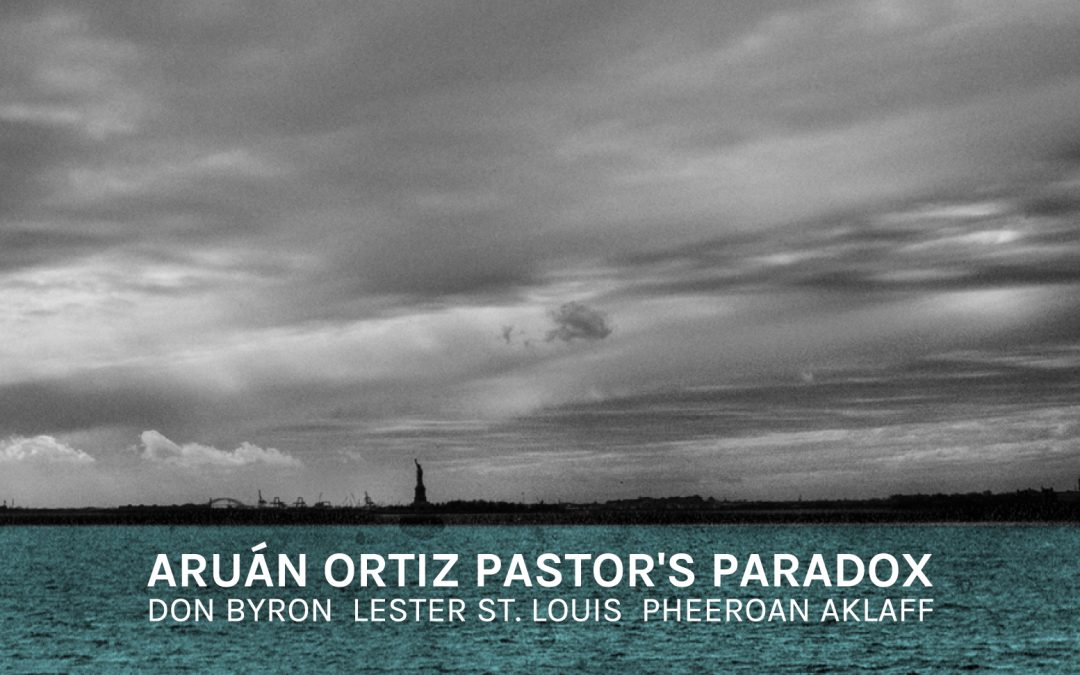
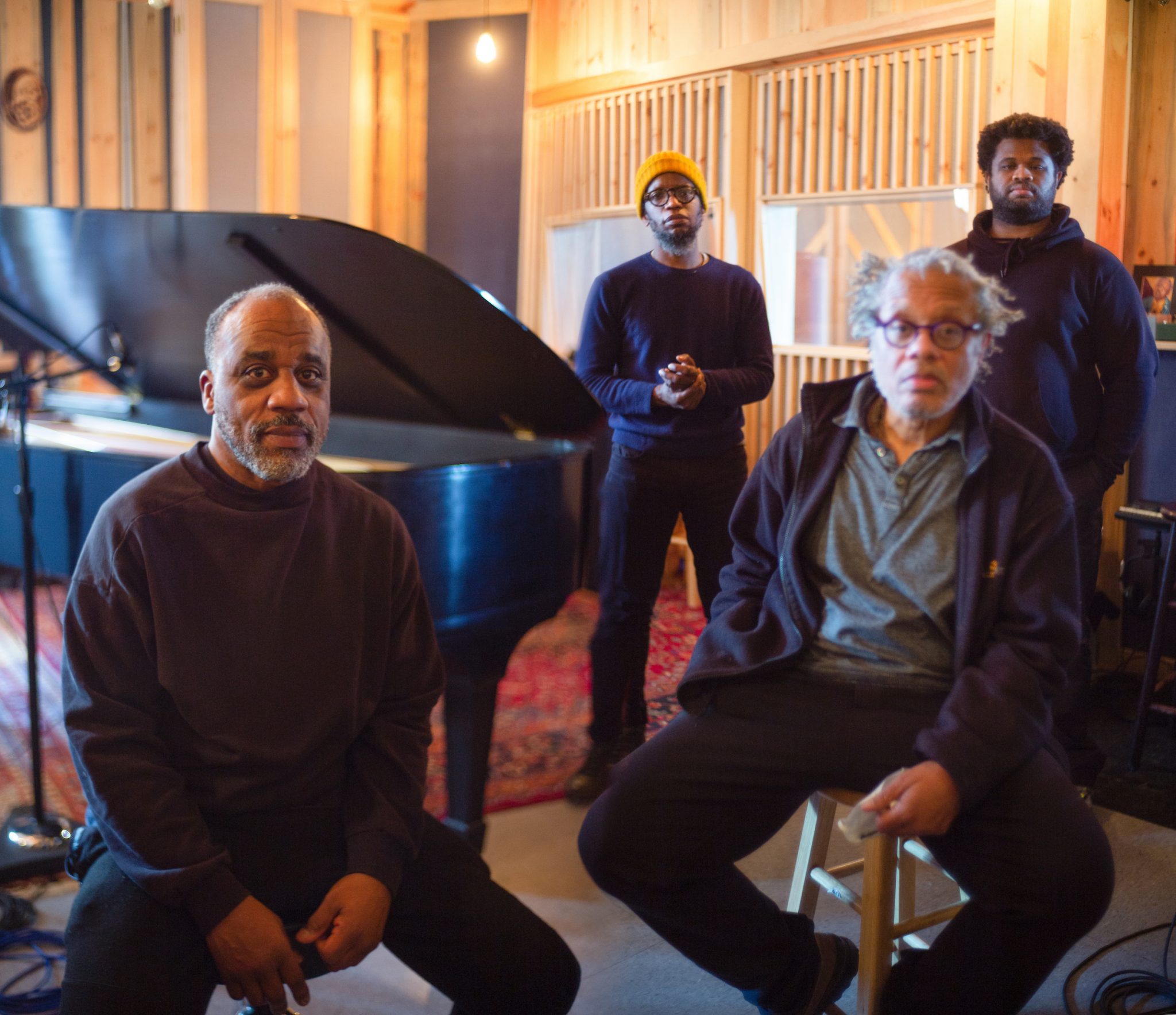
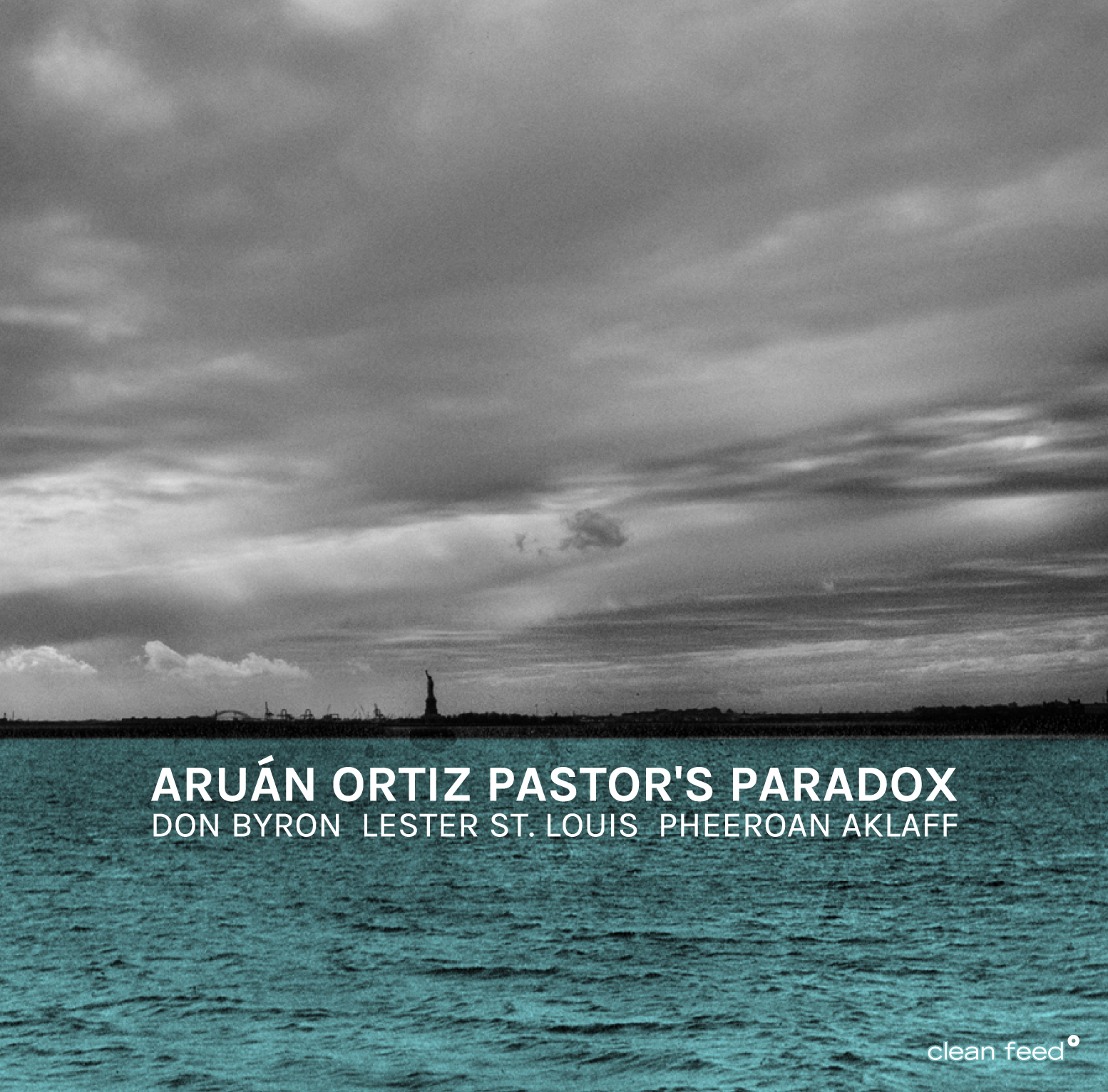
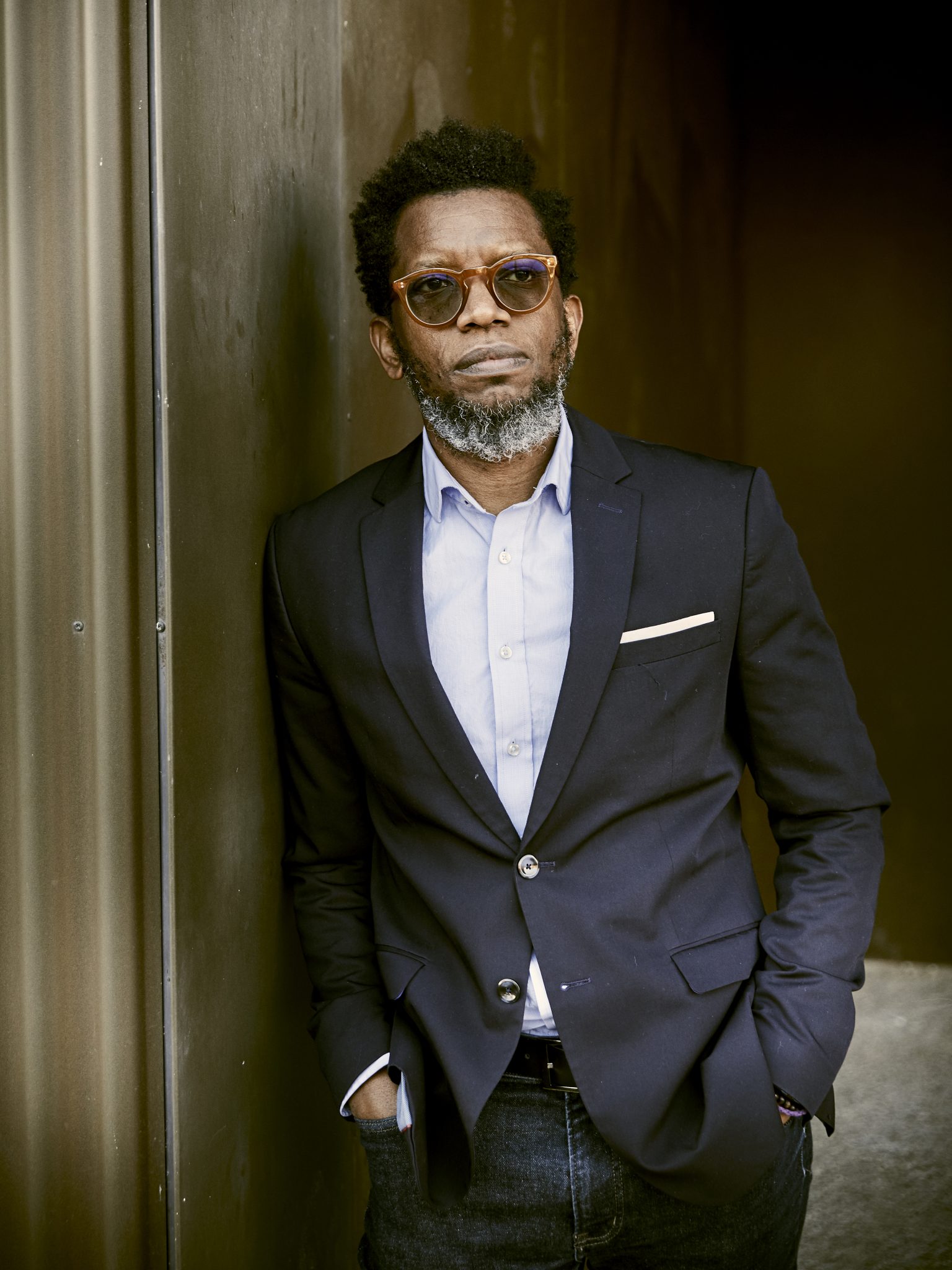
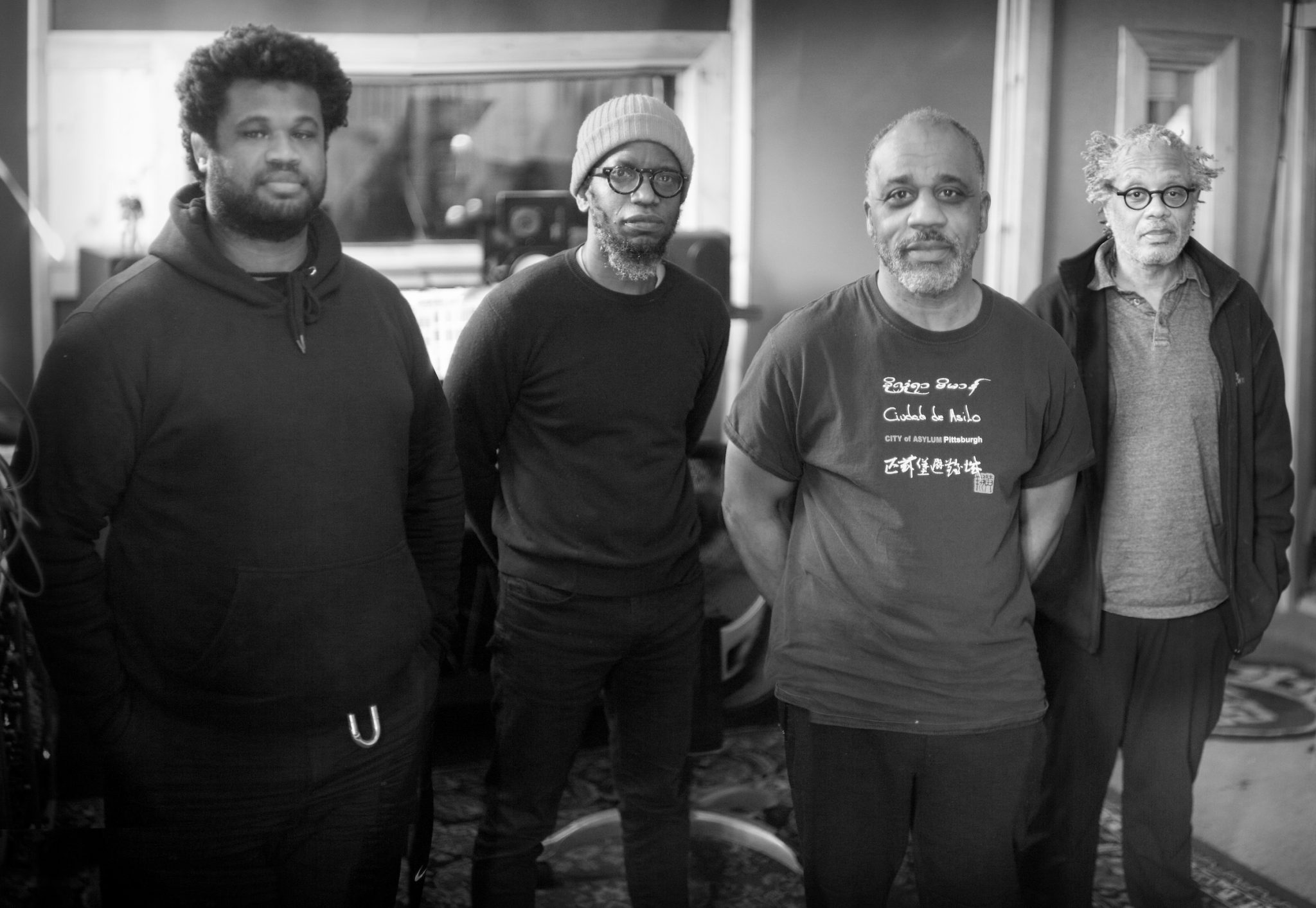
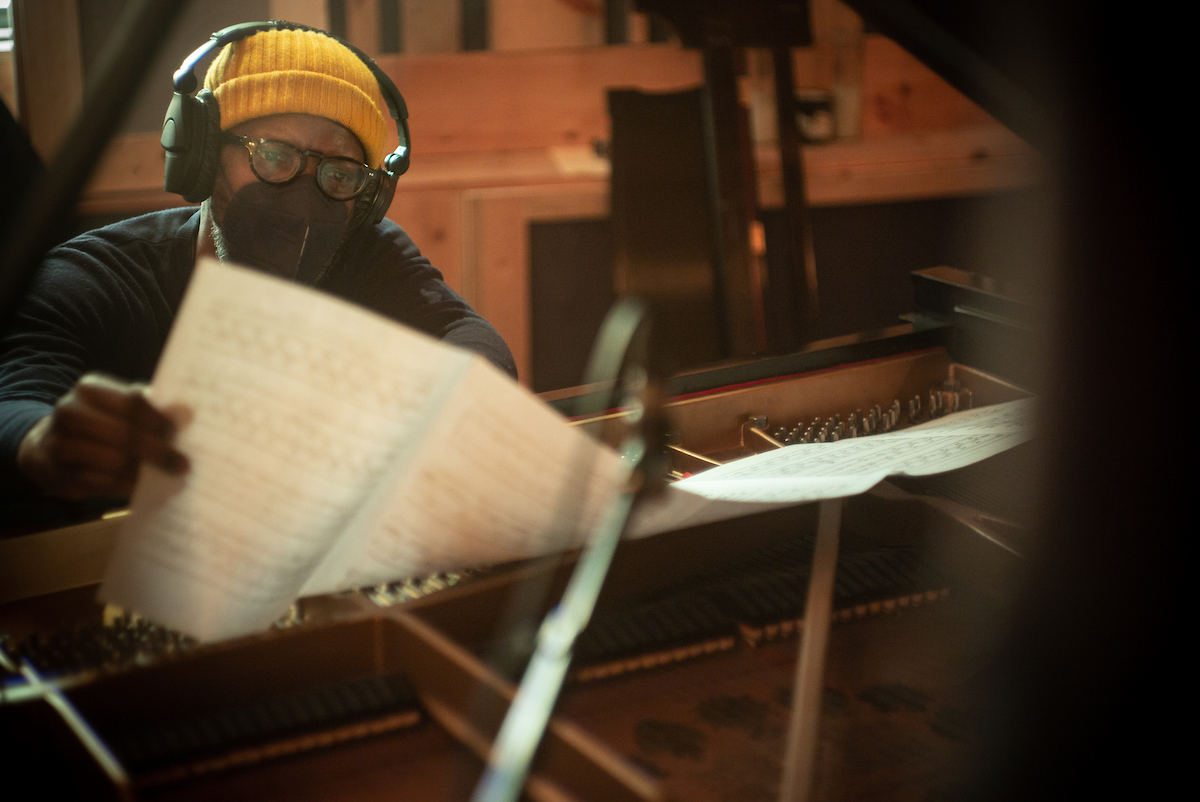
Comentarios recientes